The good thing about succulents is that they require little upkeep but still blossom at some time in their life. With minimal maintenance, you can enjoy seeing your succulents bloom and change colors throughout the year. Plus, there is always a succulent for every occasion.
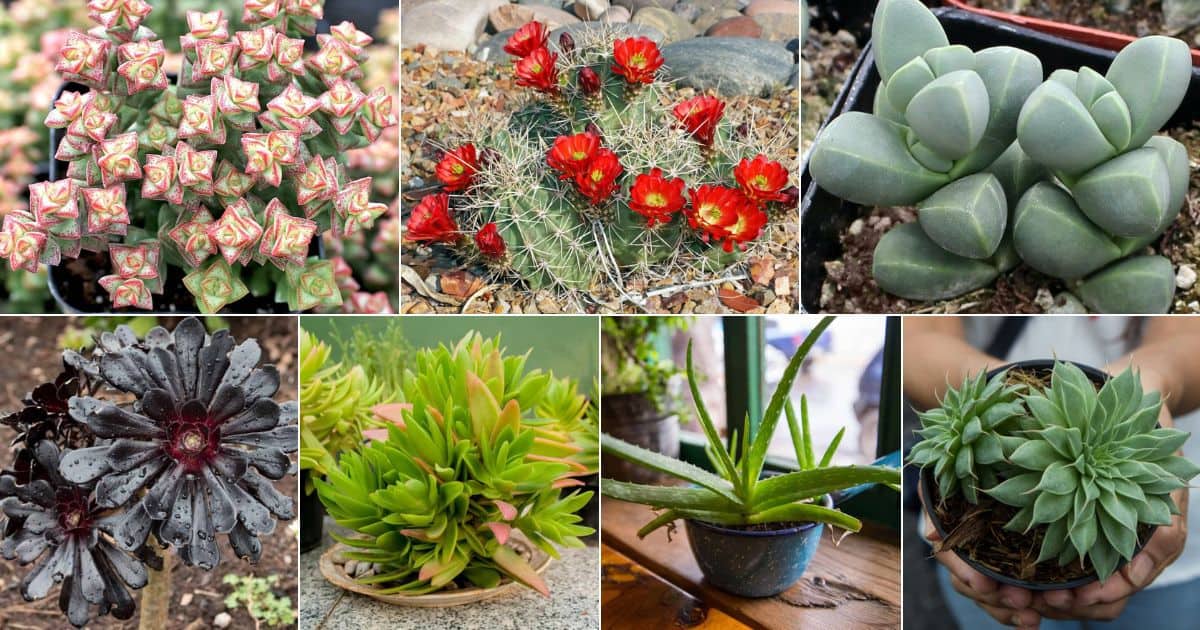
To give you a good headstart, we'll discuss some of the best succulents for rock gardens. Prepare to be amazed at these succulent’s impressive aesthetics and charm.
Before we even dive into these little beauties, let’s be clear here. A rock garden is considered a full-exposure garden with a focus on combos of rock sizes. If that’s the definition, then first and foremost, you are going to have to use succulents that are used to or need full exposure.
The only way you can get away with using soft or less hardy succulents is to have them well guarded by other shrubs and small trees that don’t get much higher than twenty feet. Smaller trees are used to create shaded areas in rock gardens: plant a few soft succulents there to add a visual treat.
Now that we have that out of the way let’s dive into my top 37 succulents for a traditional rock garden.
Jump to:
- Best Succulents for Rock Gardens
- 1. Donkey's Tail
- 2. Cotyledon tomentosa
- 3. Echinocereus triglochidiatus
- 4. Crassula ovata
- 5.Crassula capitella
- 6. Graptoveria Silver Star
- 7. Christmas Cactus
- 8. Doran Black
- 9. Zebra Plant
- 10. Tom Thumb
- 11. Aurinia saxatilis
- 12. Thymus serpyllum
- 13. Cerastium tomentosum
- 14. Echeveria Black Prince
- 15. Aeonium arboreum
- 16. Aloe vera
- 17. Euphorbia
- 18. Ice Plant
- 19. Aeonium arboretum - Zwartkop
- 20. Aeonium Sunburst
- 21. Mangave Tooth Fairy
- 22. Rock Mesembs
- 23. Cephalocereus senilis
- 24. Dudleya britonii
- 25. Fenestraria aurantiaca
- 26. Opuntia marocentra
- 27. Sedum Sunsparklers
- 28. Sempervivum arachnoideum
- 29. Sempervivum calcareum – Pale Face
- 30. Mangave - Catch a Wave
- 31. Dudleya edulis
- 32. Harrisia fragrans
- 33. Hylocereus pitaya
- 34. Greenovia aurea x El Hierro – Pink/Peach Mountain Rose
- 35. Euphorbia tirucalli
- 36. Tephrocactus articulatus var. papyracanthus
- 37. Melocactus mantanzanus
- Creating a Rock Garden With Succulents
Best Succulents for Rock Gardens
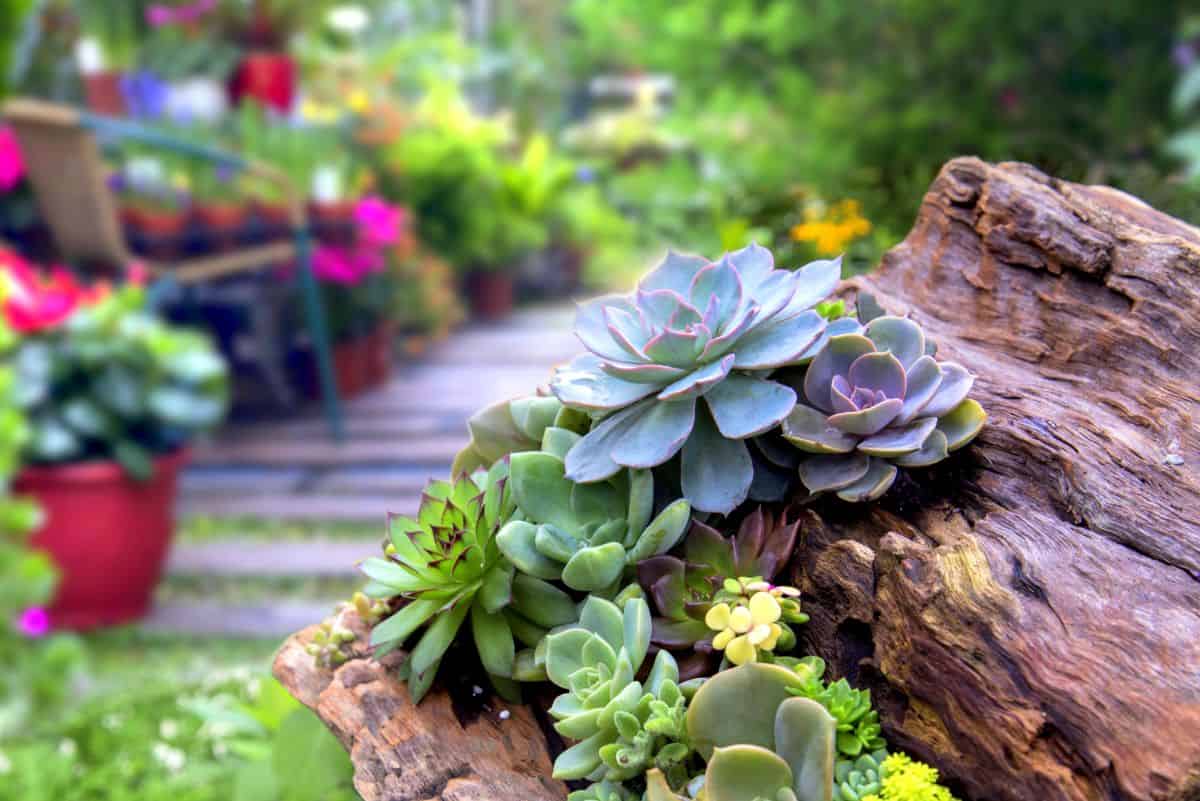
There is no doubt that a property’s value increases with a beautiful landscape or garden. Picking out the best succulents for rock gardens can pave the way to a better-looking and higher valued space.
If you are contemplating shopping for one to accentuate your place’s look, make sure to check out the following.
1. Donkey's Tail
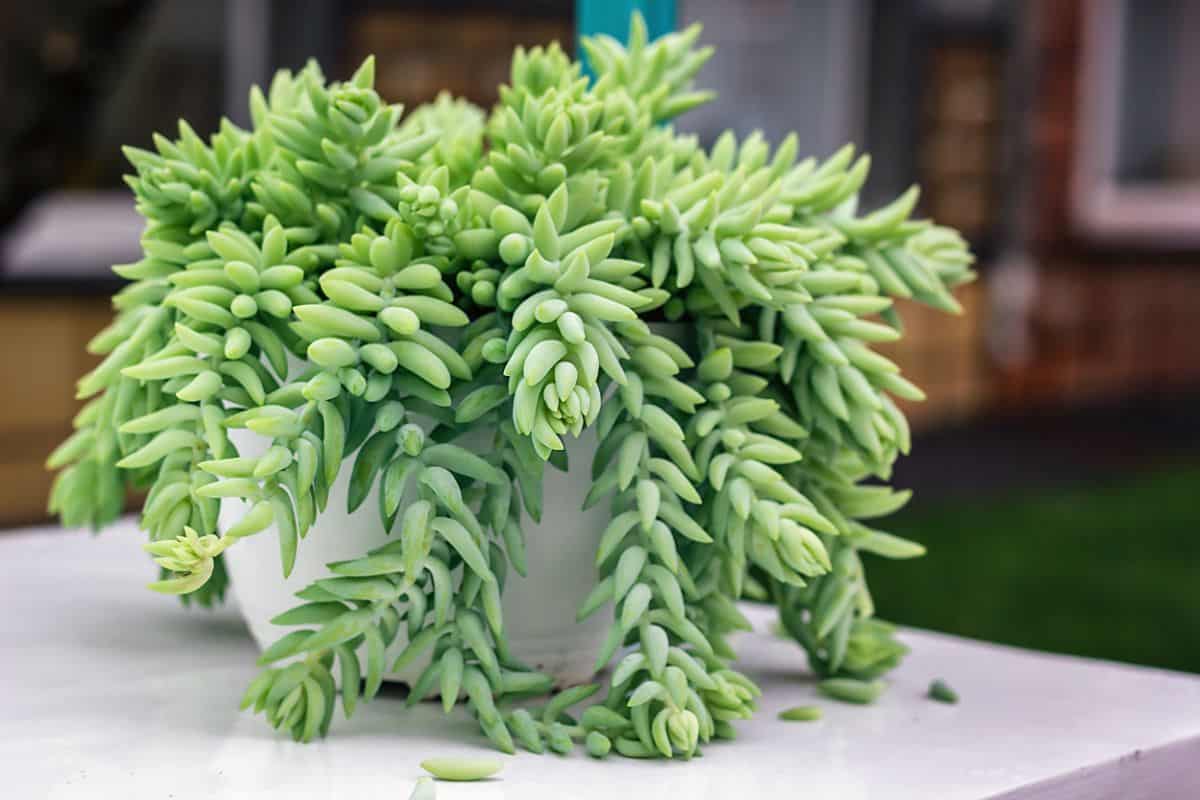
Buy it from:
The Donkey's Tail or Burro's Tail enjoys bright sunshine and requires infrequent watering. It is a beautiful trailing succulent with small circular-shaped leaves. This makes it an excellent choice for hanging pots.
If you want a plant that requires very minimal maintenance, this plant is for you. There is no need to water this plant for several weeks, and when winter comes, there is no need to water it at all.
2. Cotyledon tomentosa
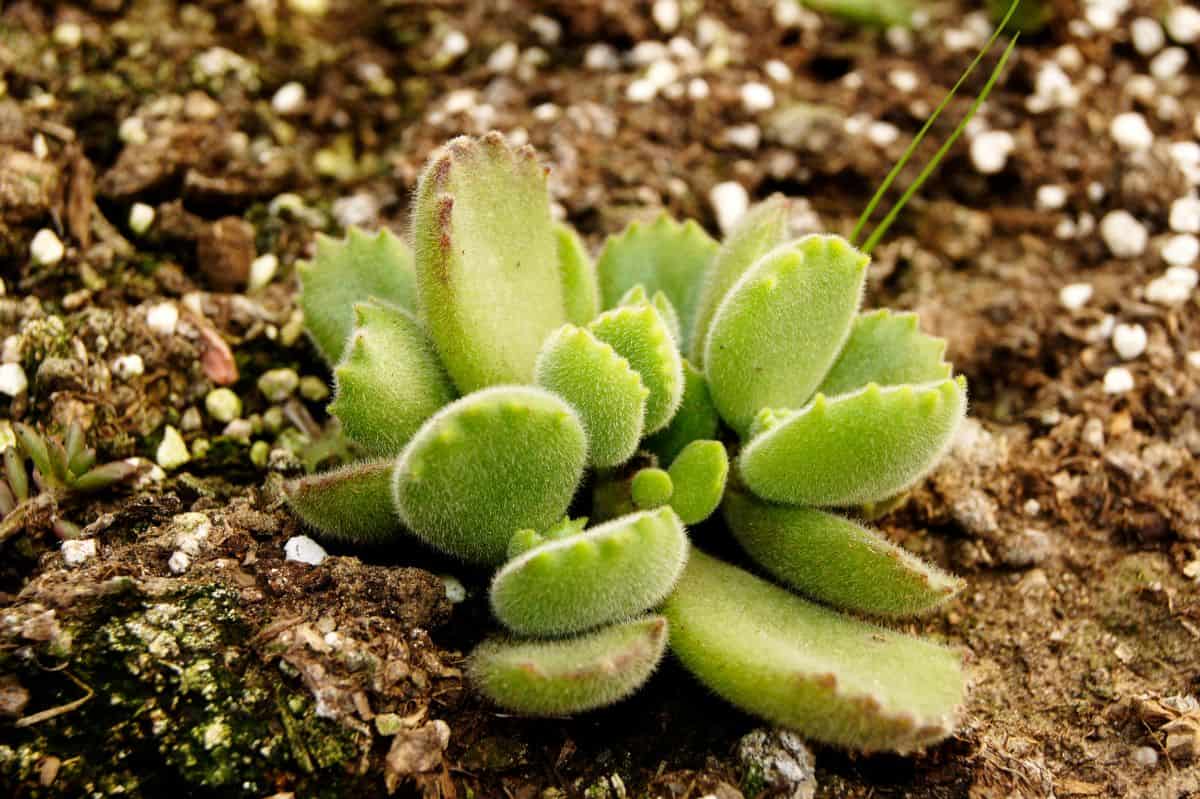
Buy it from:
This succulent's name, bear's paw, comes from the fleshy circular "clawed" leaves that grow on it. It takes much sunlight to create its beautiful orange-red blossoms that can grow up to a height of 20 inches.
If you will propagate this, make sure not to water it until the soil has completely dried up.
3. Echinocereus triglochidiatus
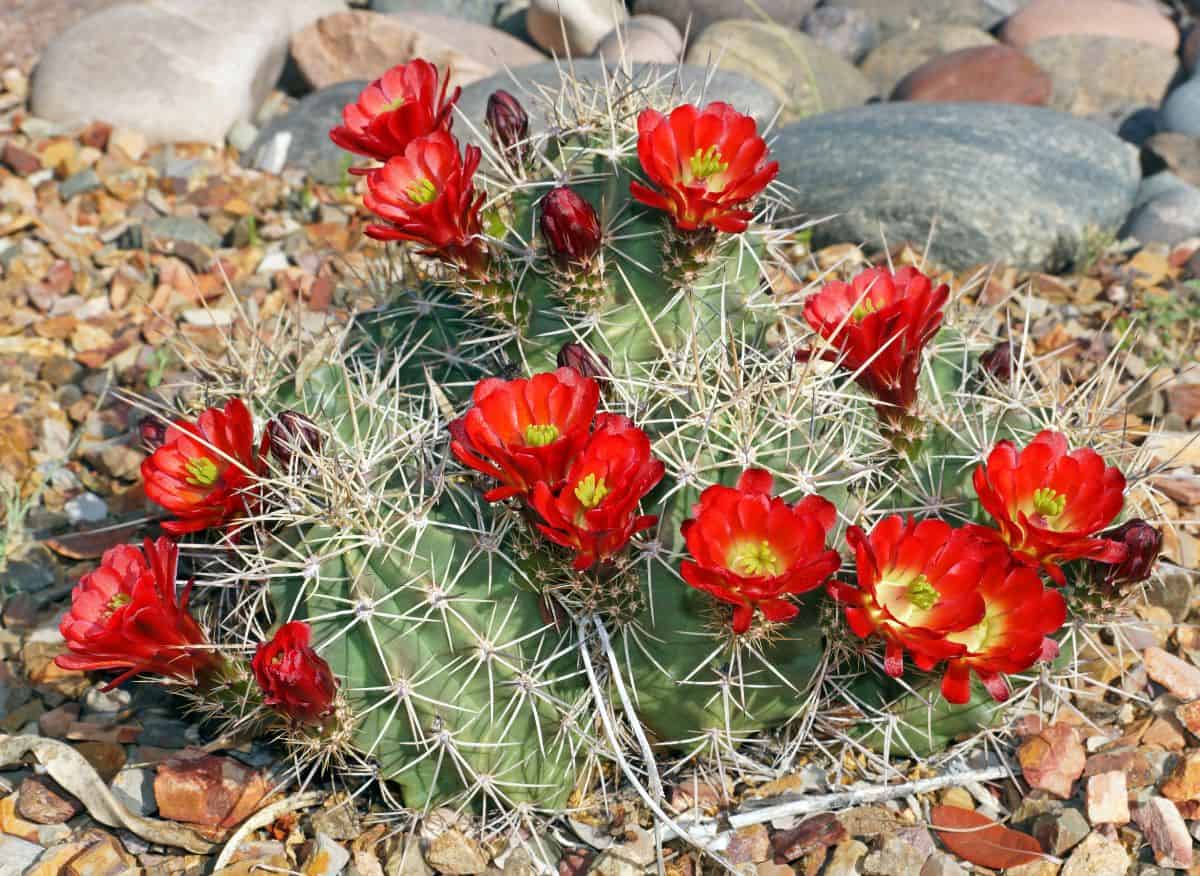
Buy it from:
This cactus develops in the shape of a mound. It can grow and reach a height of up to 24 inches when fully matured.
When it is growing in full sun, it requires constant watering, especially during the warmer season. This cactus is also quite hardy since it can be grown outside, even in colder climates.
4. Crassula ovata
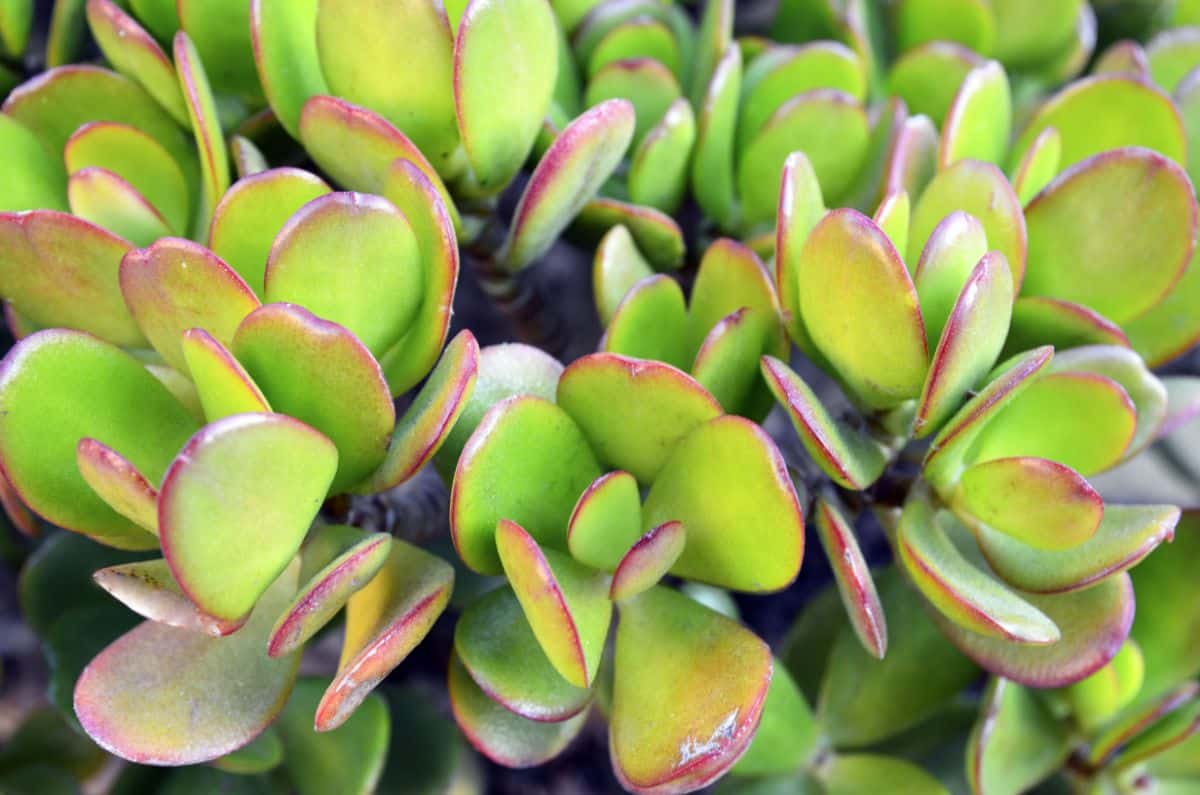
Buy it from:
The jade plant is easy to recognize because of its mushy spherical leaves. Ideal for a houseplant, this is popular because of its pink or white blossoms and the belief that it's a lucky plant. When in full bloom, it can grow up to a height of 72 inches.
Unlike most succulents, mature jade plants can thrive under direct sunlight; in fact, it needs at least four to six hours of exposure per day. For the young ones, you must place them in a bright area that receives indirect sunlight, such as near your west- and south-facing windows.
5.Crassula capitella
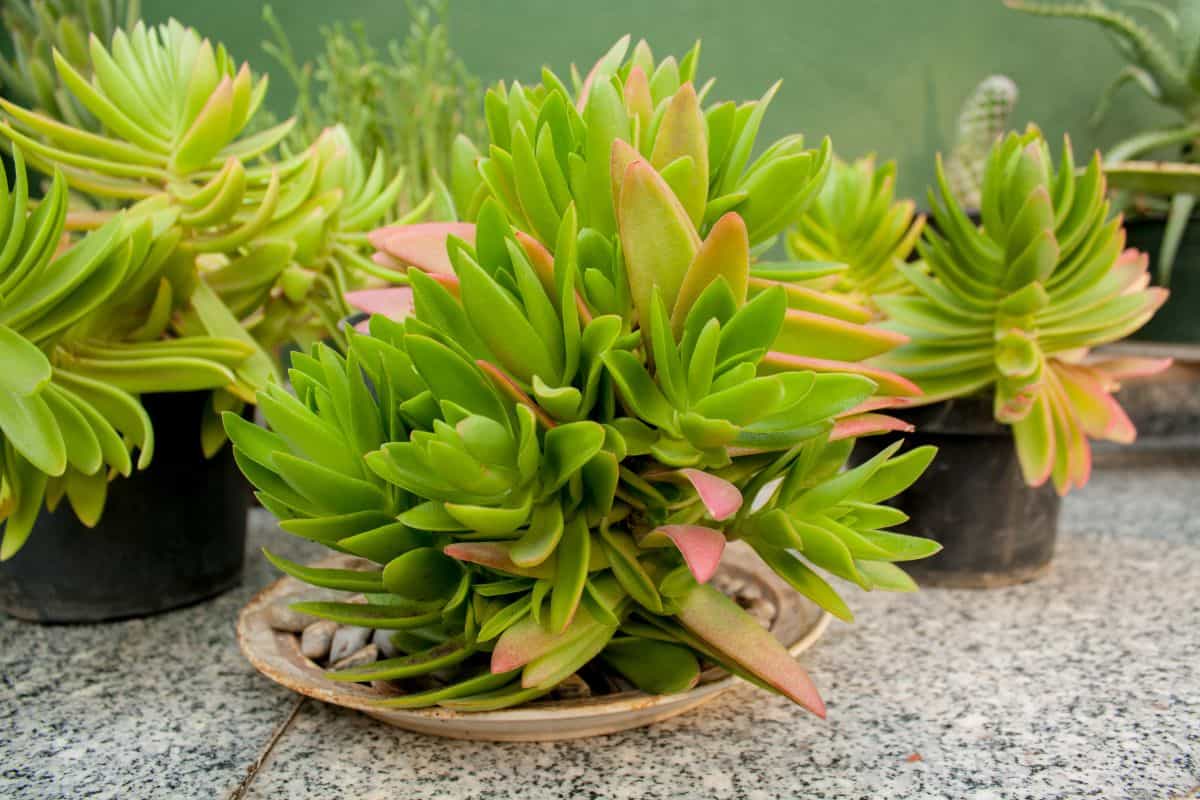
Buy it from:
This star-shaped succulent is often called the campfire plant because of its scarlet-colored leaves. When exposed to sunshine, its color deepens and its height reaches a maximum of six inches.
No products found.
This succulent can tolerate shade, but it does not do well with overwatering. Make sure to limit watering for this plant to avoid the occurrence of root rotting. TheCrassula capitella may also attract pollinators while it is in bloom.
6. Graptoveria Silver Star
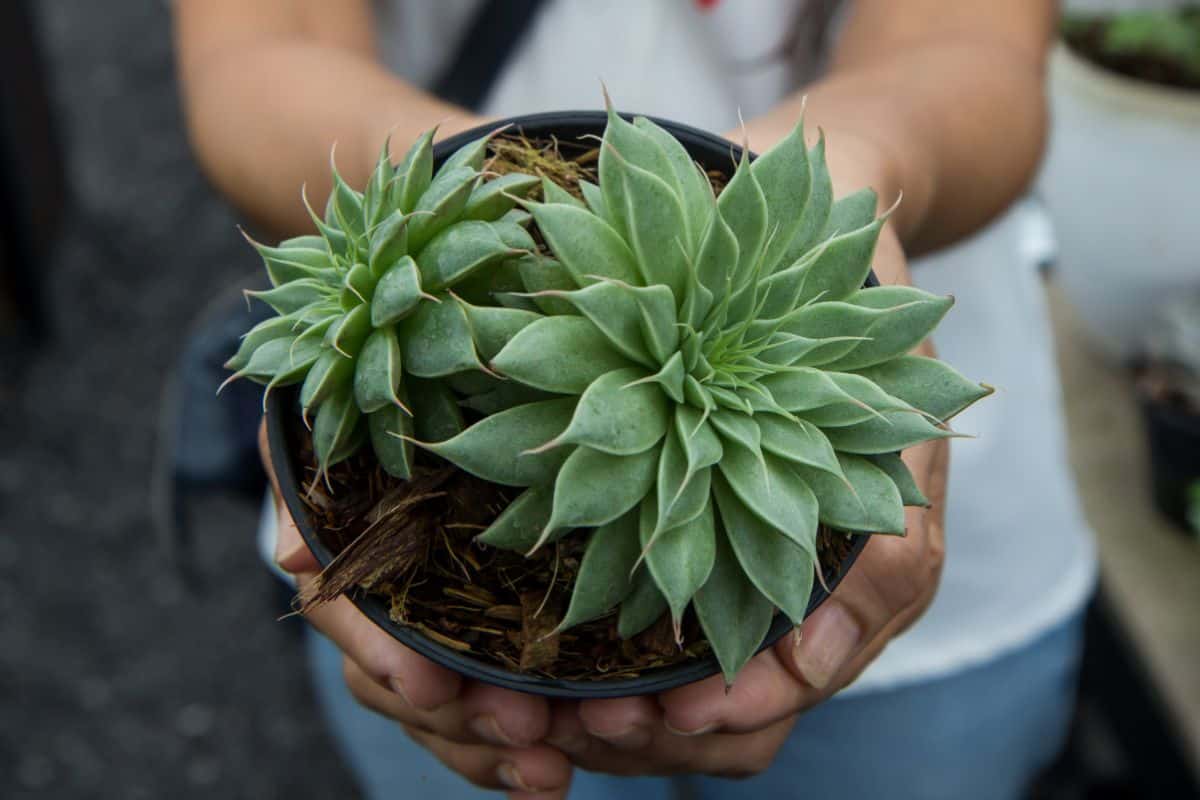
Buy it from:
The leaves of this plant have wispy reddish or pinkish tips and are in a shape of a rosette. Its flowers usually come in a combination of pink and white colors. These colors intensify and darken a bit when out in the sun.
Though tolerant of partial sun exposure, it somehow manages to tolerate areas of low temperatures. Just make sure to be cautious with overwatering it since it may cause more damage to the plant.
7. Christmas Cactus
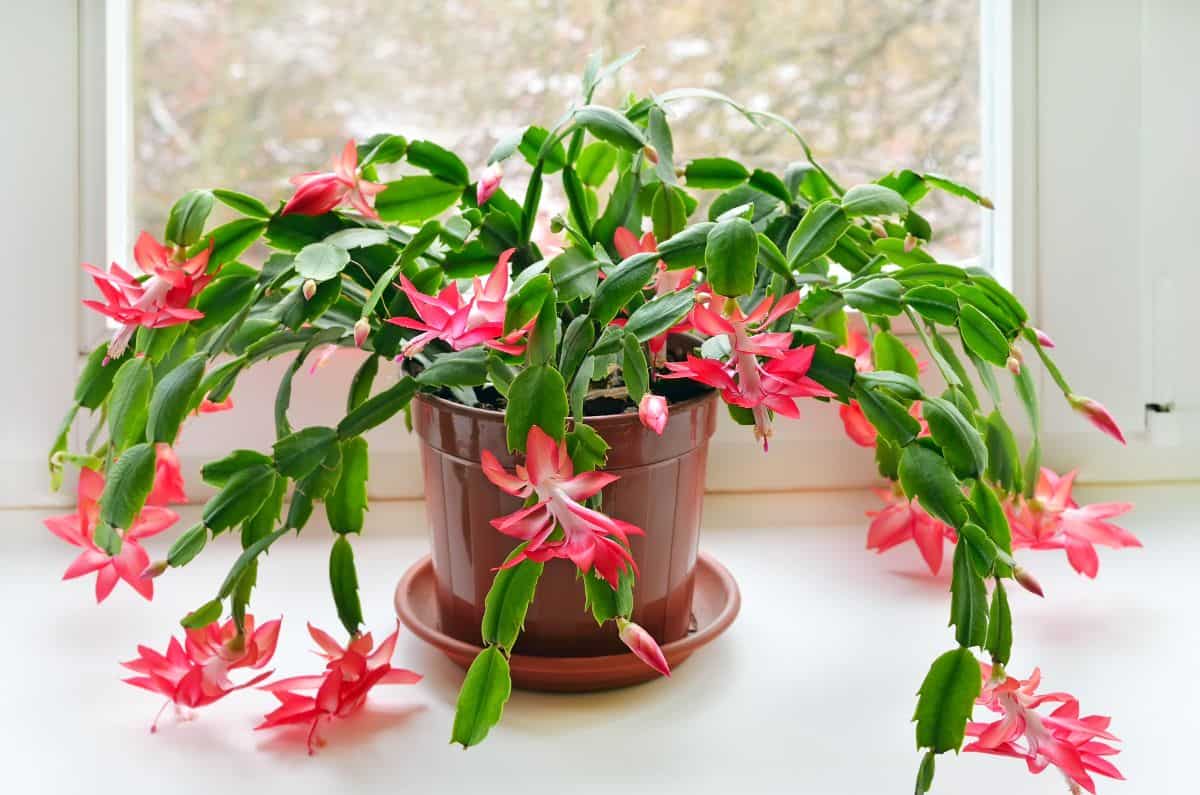
Buy it from:
As one can guess, this succulent is frequently offered during the Christmas season or in December. The flowers on the Christmas Cactus bloom sometime around Christmas, and they come in various colors.
This kind has flat-shaped foliage with sharp edges. If you are in the search for a succulent that can tolerate dampness and low or indirect light, this one is the best pick.
8. Doran Black
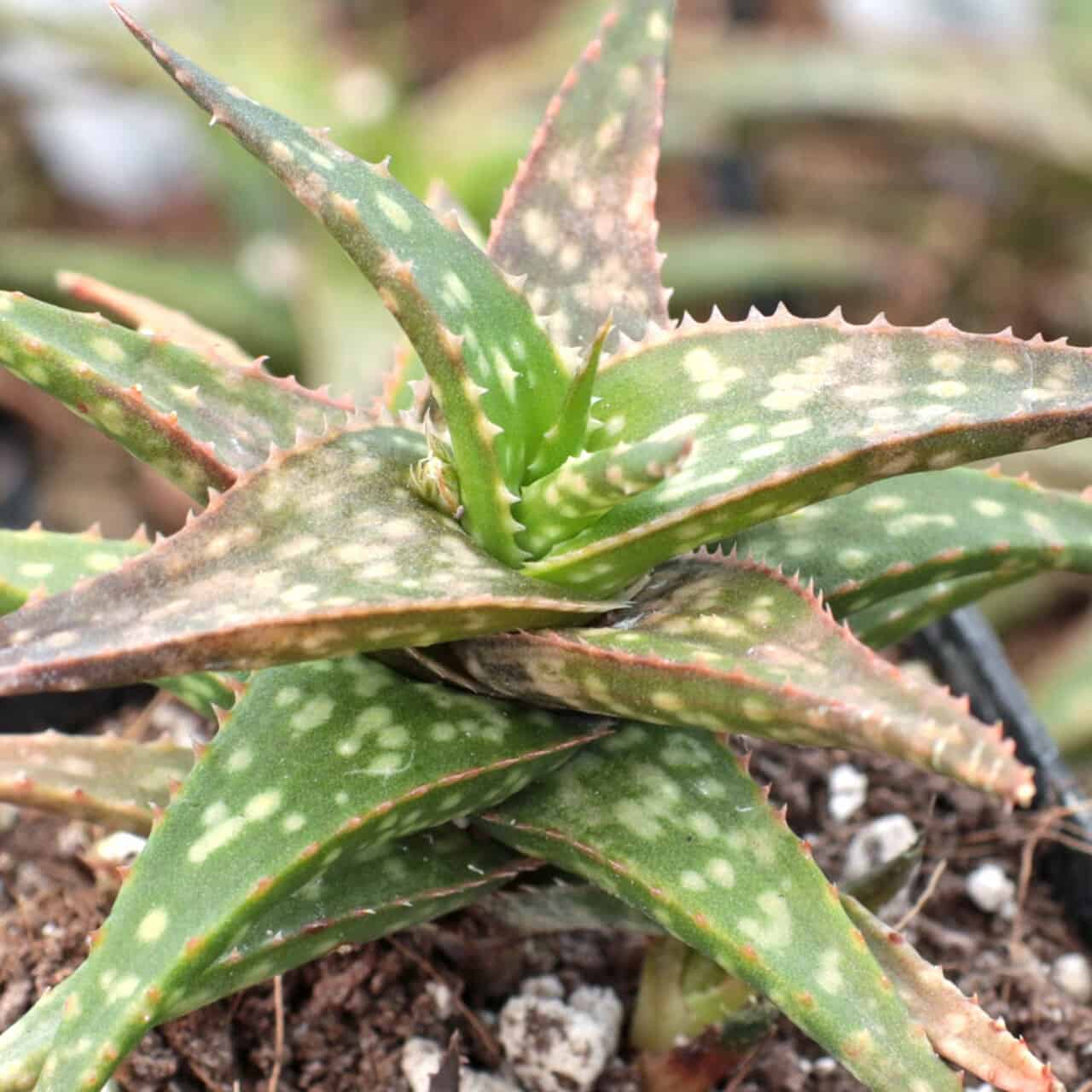
Buy it from:
A yellowish-green color can distinguish the succulent Doran black. This aloe type can handle a little shade but primarily requires direct sunlight to grow. It is also tolerant of being exposed to lower temperatures.
However, root rotting can occur if this succulent is not grown in well-drained soil.
9. Zebra Plant
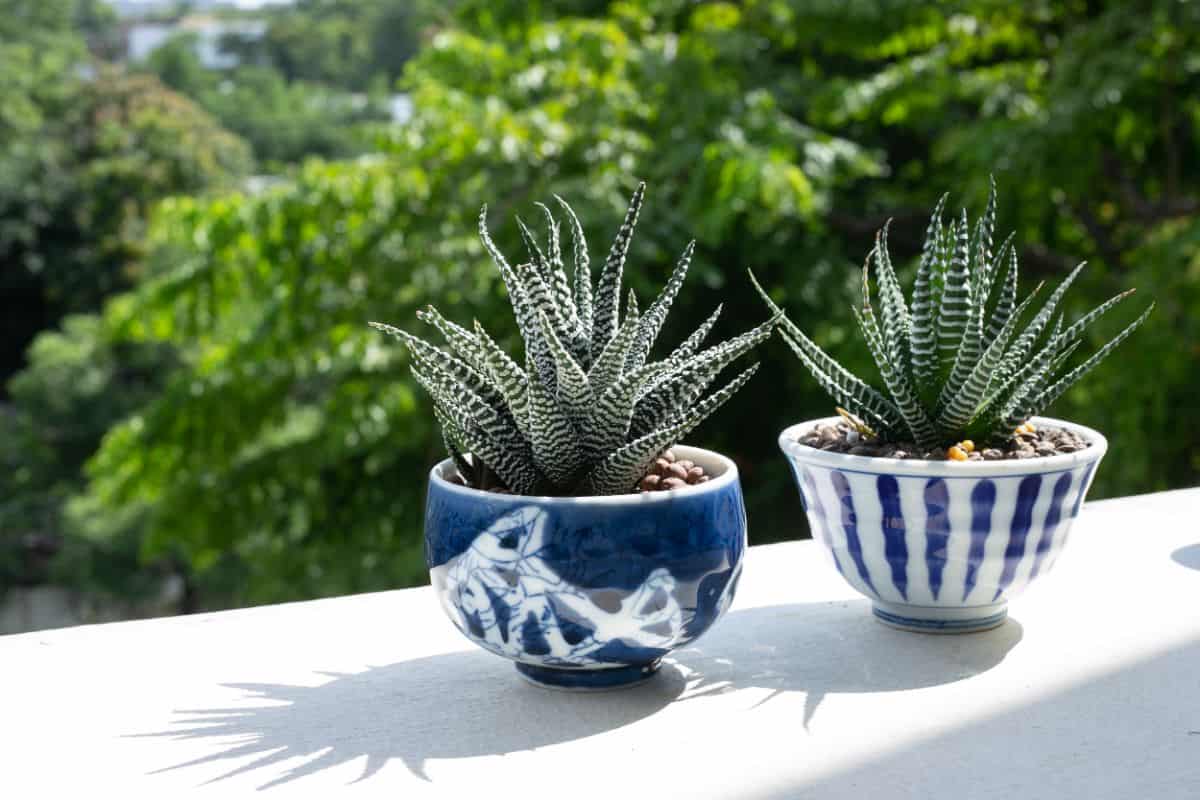
Buy it from:
Known as one of the most appealing succulents on the market, the zebra plant will not fail to impress you. Its contrasting dark green and white color along its stripe pattern makes it unique.
This pointed, compact succulent plant ideally needs to be under indirect light to grow. You won't need to wait for the soil to dry before you can plant it completely.
The best part is that it does not require too much watering. A little water from time to time can keep this plant alive.
10. Tom Thumb
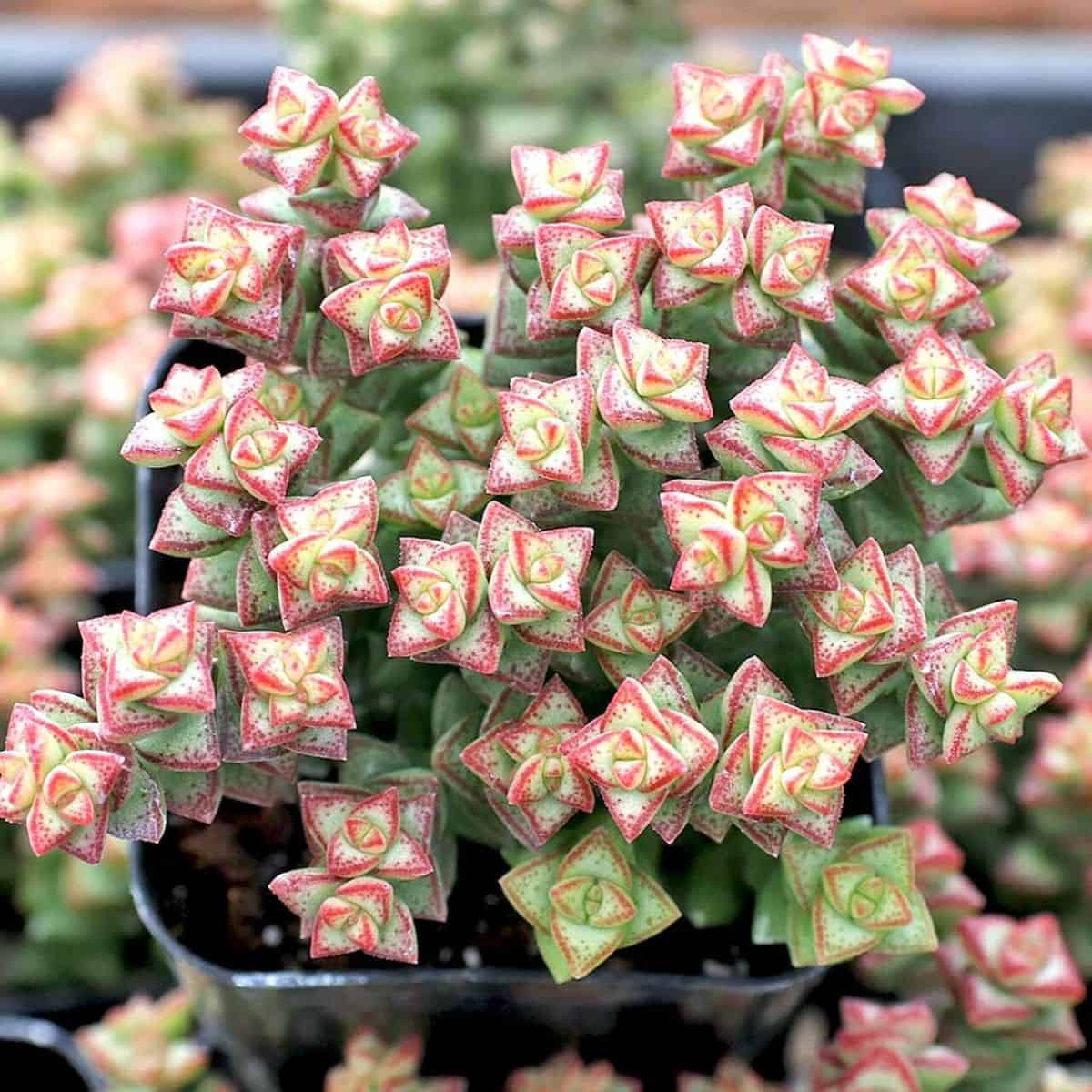
Buy it from:
If you haven't seen an adorable succulent yet, you have to see the Tom thumb. This little succulent can grow up to six inches maximum. You will be amazed when its small rosettes bloom into beautiful white flowers.
Ideally, this needs at least six hours or more light daily. In terms of watering them, only do it when its soil is dry.
11. Aurinia saxatilis
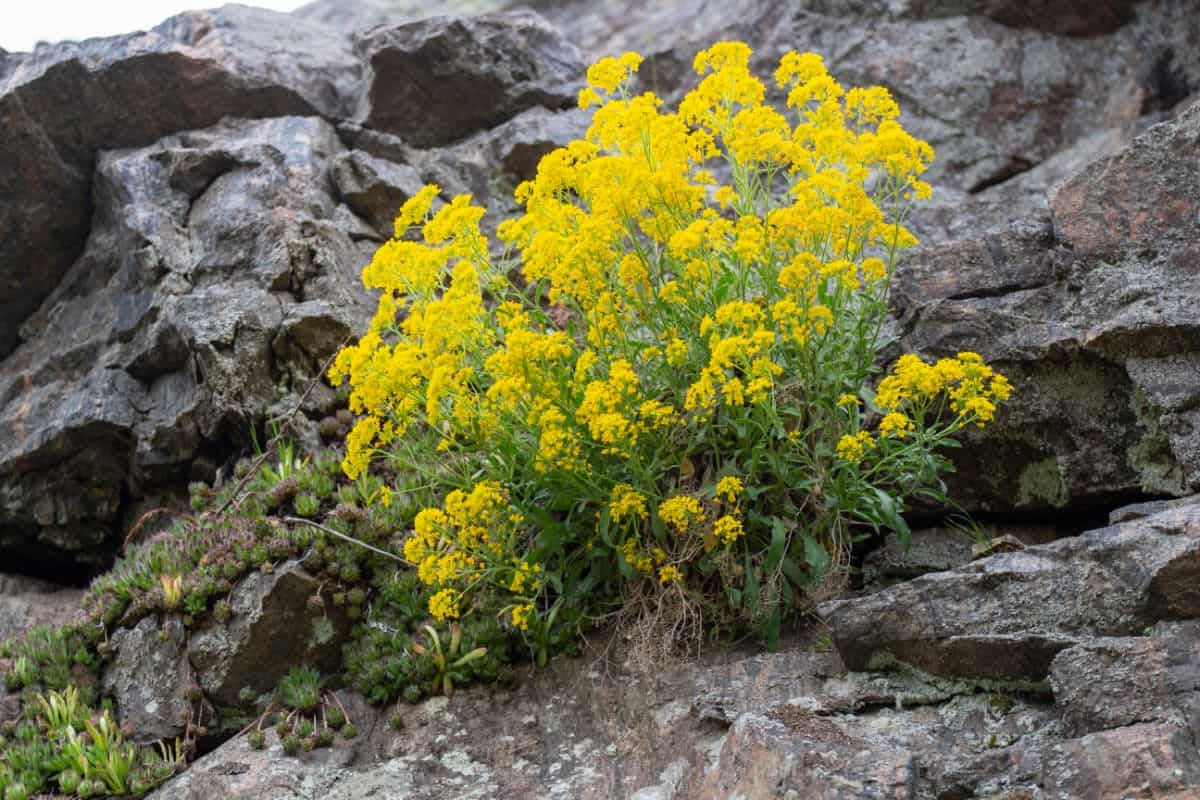
Buy it from:
You can expect the yellow alyssum to bloom in clusters of little yellow flowers in the months of May and April. It will be an incredible and exciting sight to see this low-growing, spreading plant prosper.
This plant needs full sunlight to prosper in sandy, well-draining, and dry soil. It also shows the amazing capability to survive in a drought.
12. Thymus serpyllum
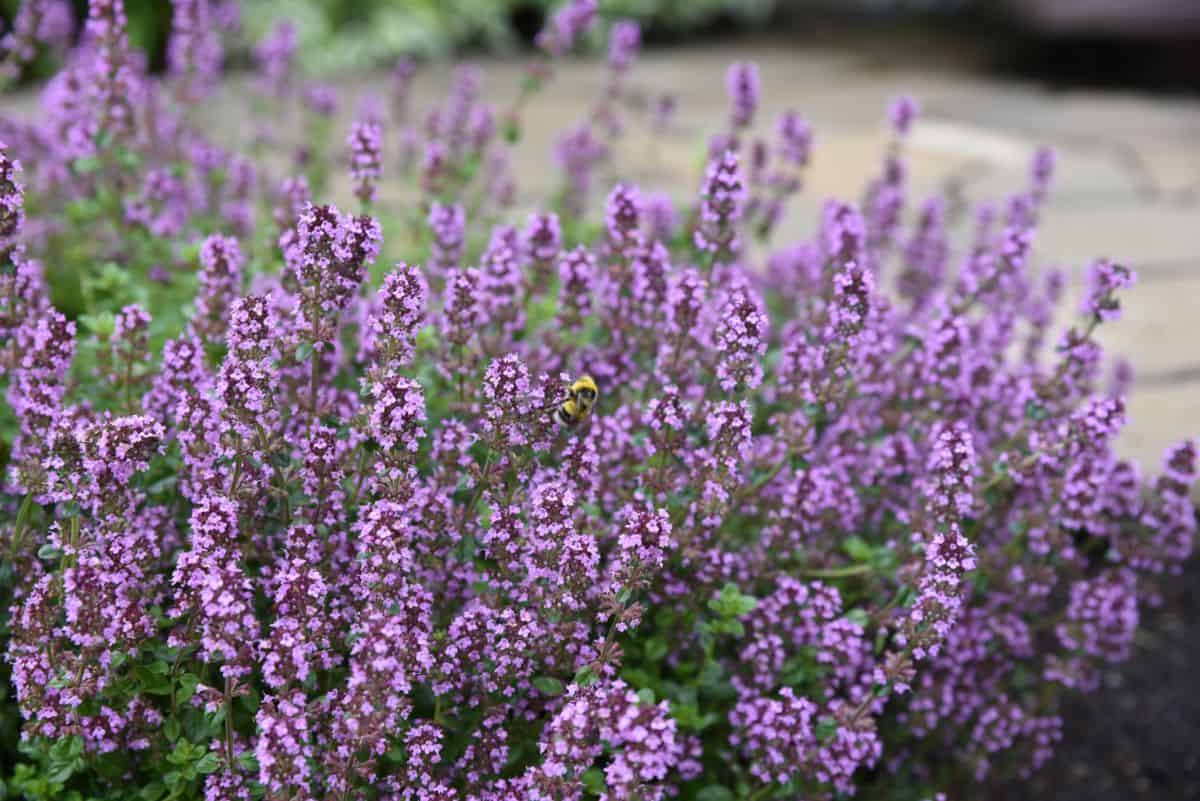
Buy it from:
Also referred to as the creeping thyme, this is known for its manner of growth and aroma. This is a fantastic choice because it works great for ground cover and gap filler on stepping stones.
You can use this for designing because of its excellent effect in softening the theme of any setting. To add to this, it can also grow in poor soil as long as it is well-drained.
13. Cerastium tomentosum
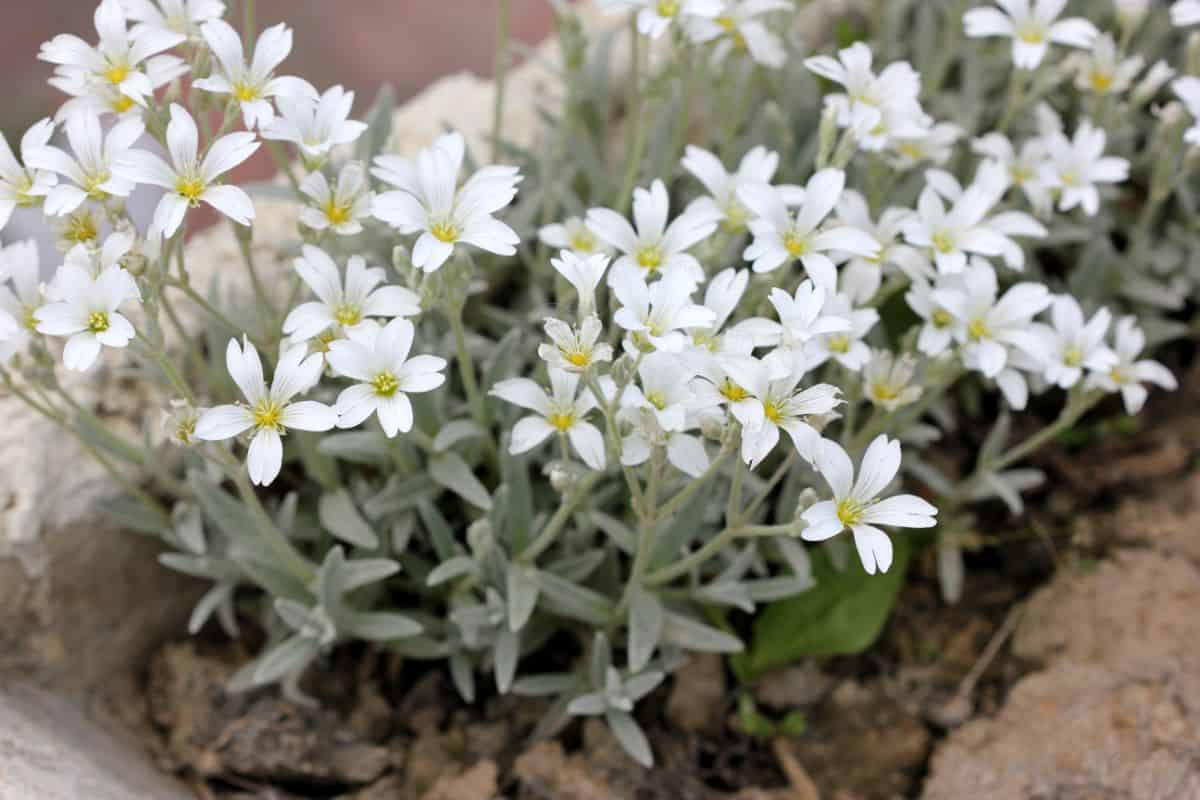
Buy it from:
Also known as the snow-in-summer succulent, this white flowering plant blooms in early summer and covers the ground like a beautiful snowfall.
This is low-growing and adaptable, but it needs full sunlight to grow. It can thrive in poor rocky or sandy soils, albeit it requires adequate drainage.
14. Echeveria Black Prince
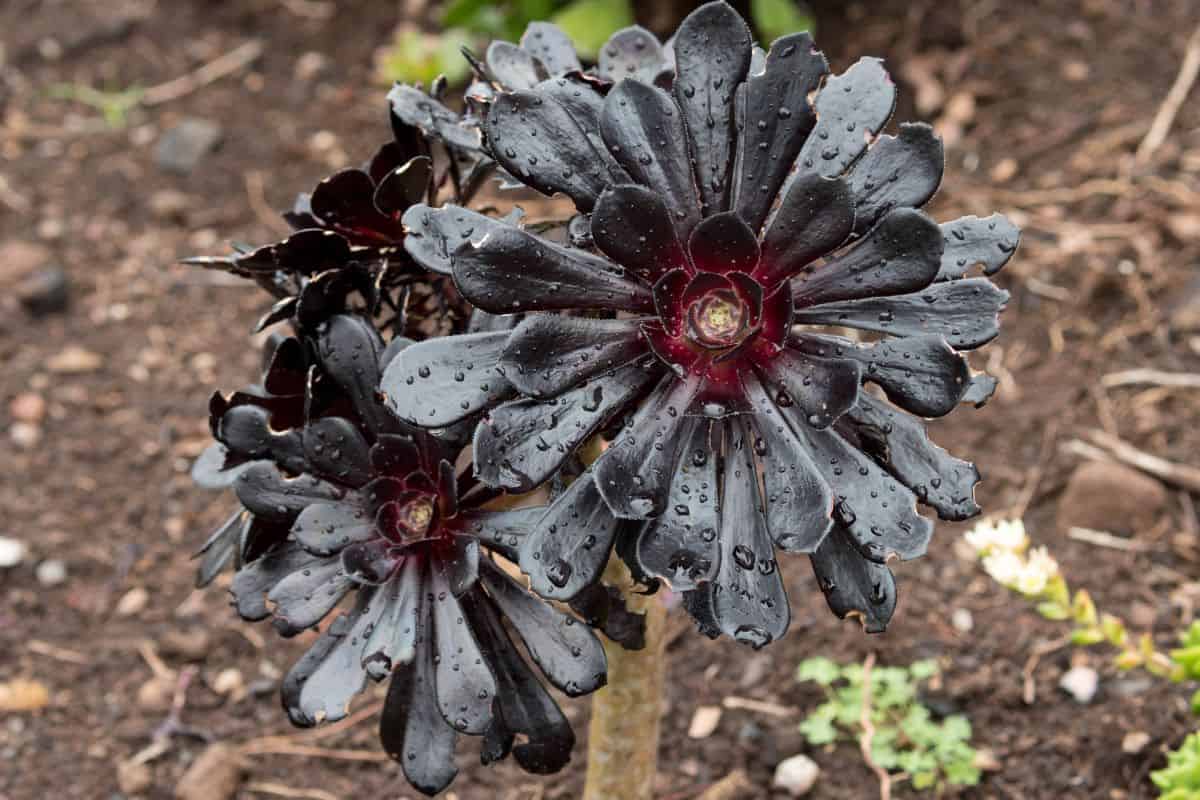
Buy it from:
Also known as black hens and chicks, this succulent has triangular-shaped leaves that boast a dark, purple-brown color, adding aesthetics to your rock garden. Even better, it blooms dark red flowers with tall stalks during winter and fall.
It grows well on well-draining soil and under the sun, either partial or full sunlight. Watering-wise, you don't have to it as frequently as with some succulents.
15. Aeonium arboreum
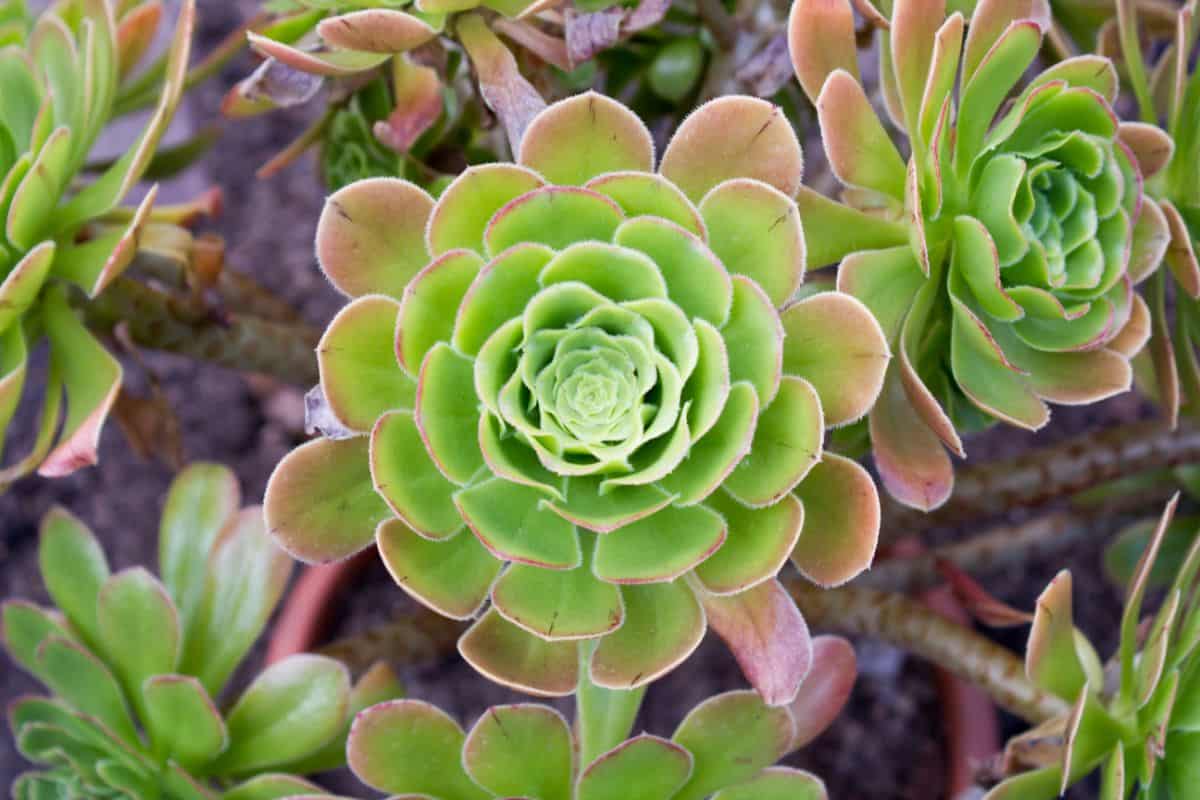
Buy it from:
Also known as tree Aeonium or Irish rose, this succulent is a great option if you want to add tall succulents to your rock garden. It's a bushy shrub known for its waxy foliage that grows into large, flat, green rosettes. On the other hand, its leaves have lanceolate or obovate shapes with a length ranging from five to 15 inches.
This succulent tolerates the sun, as well as partial shade, but might not survive frigid temperatures since the foliage can frost and fall off. It also loves well-draining soil, as it's prone to root rot. Thus, ensure you don't overwater your Aeonium arboreum.
16. Aloe vera
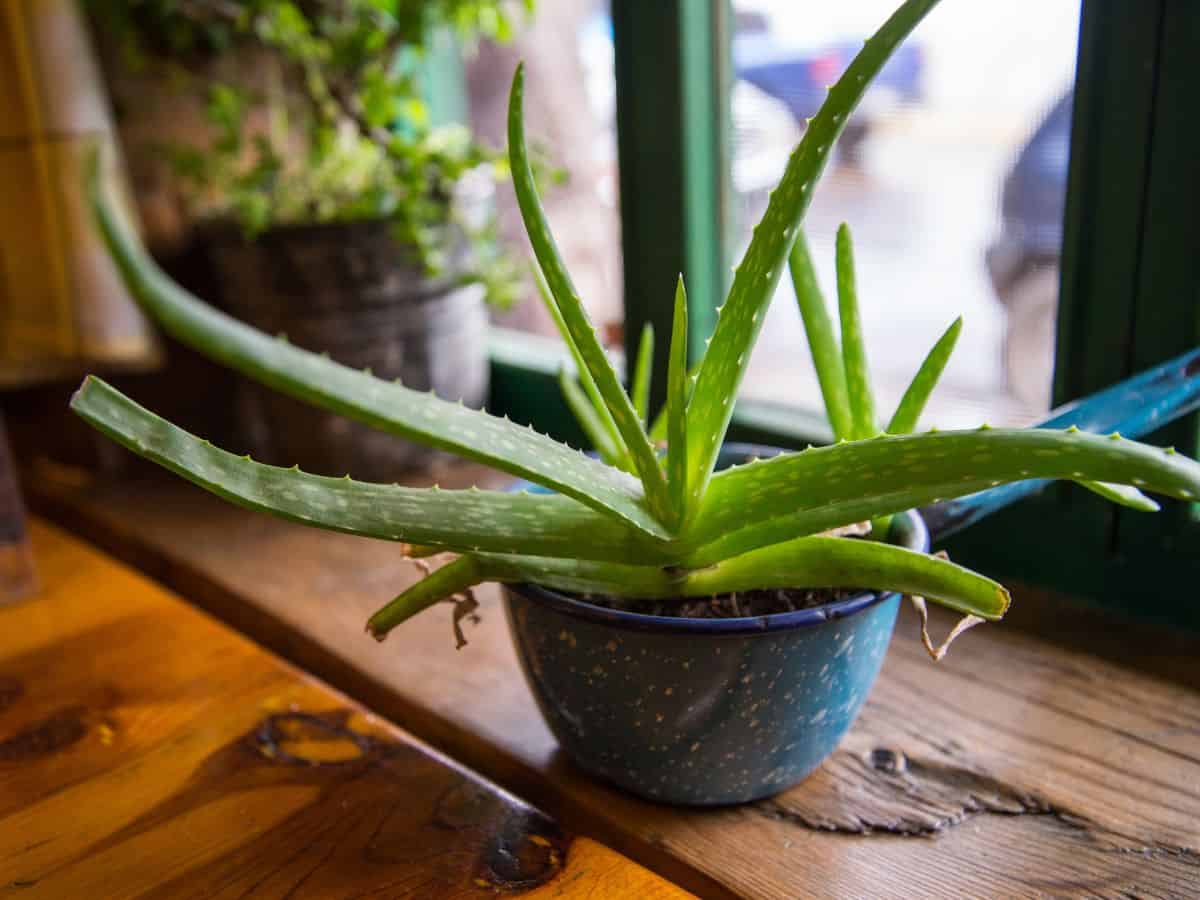
Buy it from:
A succulent as common and popular as Aloe vera is also a perfect plant for your rock garden. It requires sandy soil and can tolerate temperatures between 40 degrees Fahrenheit and above.
17. Euphorbia
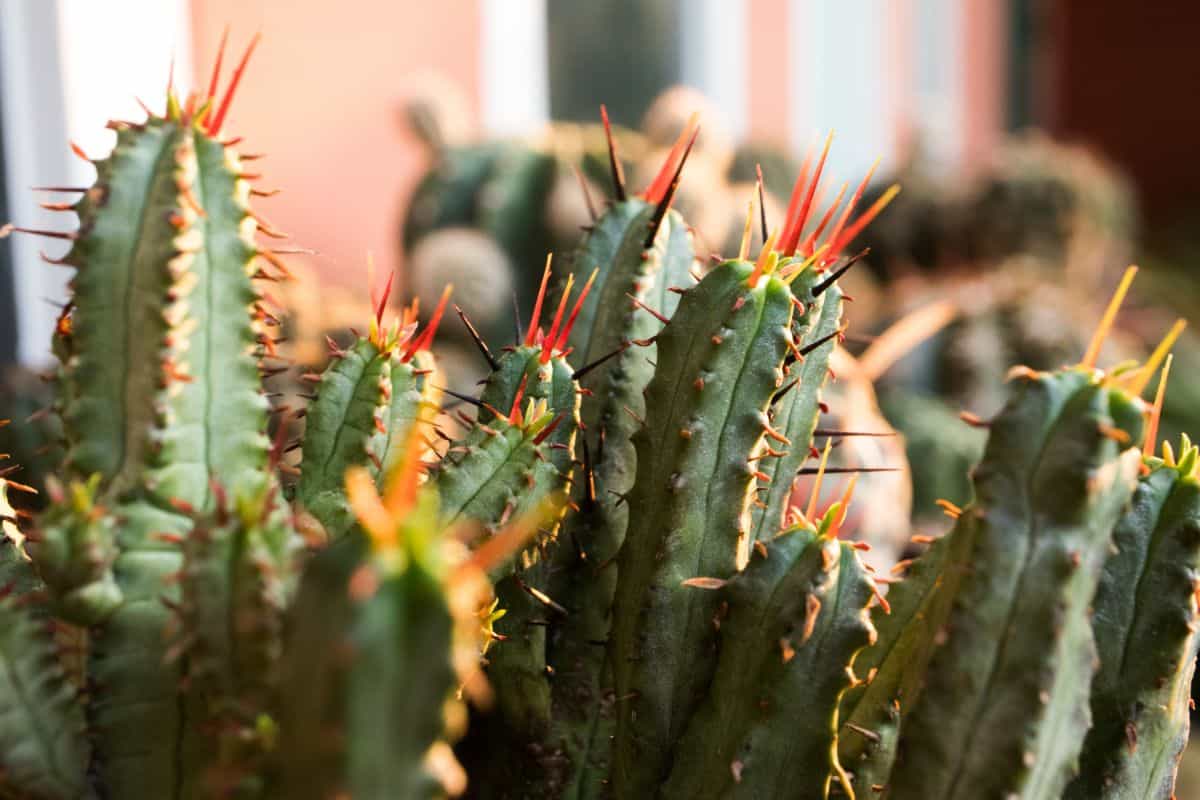
Buy it from:
Among the best outdoor rock garden succulents that you can find are those that belong to the genus Euphorbia. They are perfect for areas with hot summers, but free from snow.
These succulents are resistant to drought and love exposure to direct sunlight. That said, you must ensure that you water them when the top soil already feels dry. Like most succulents, you must reduce watering frequency during the winter season.
18. Ice Plant
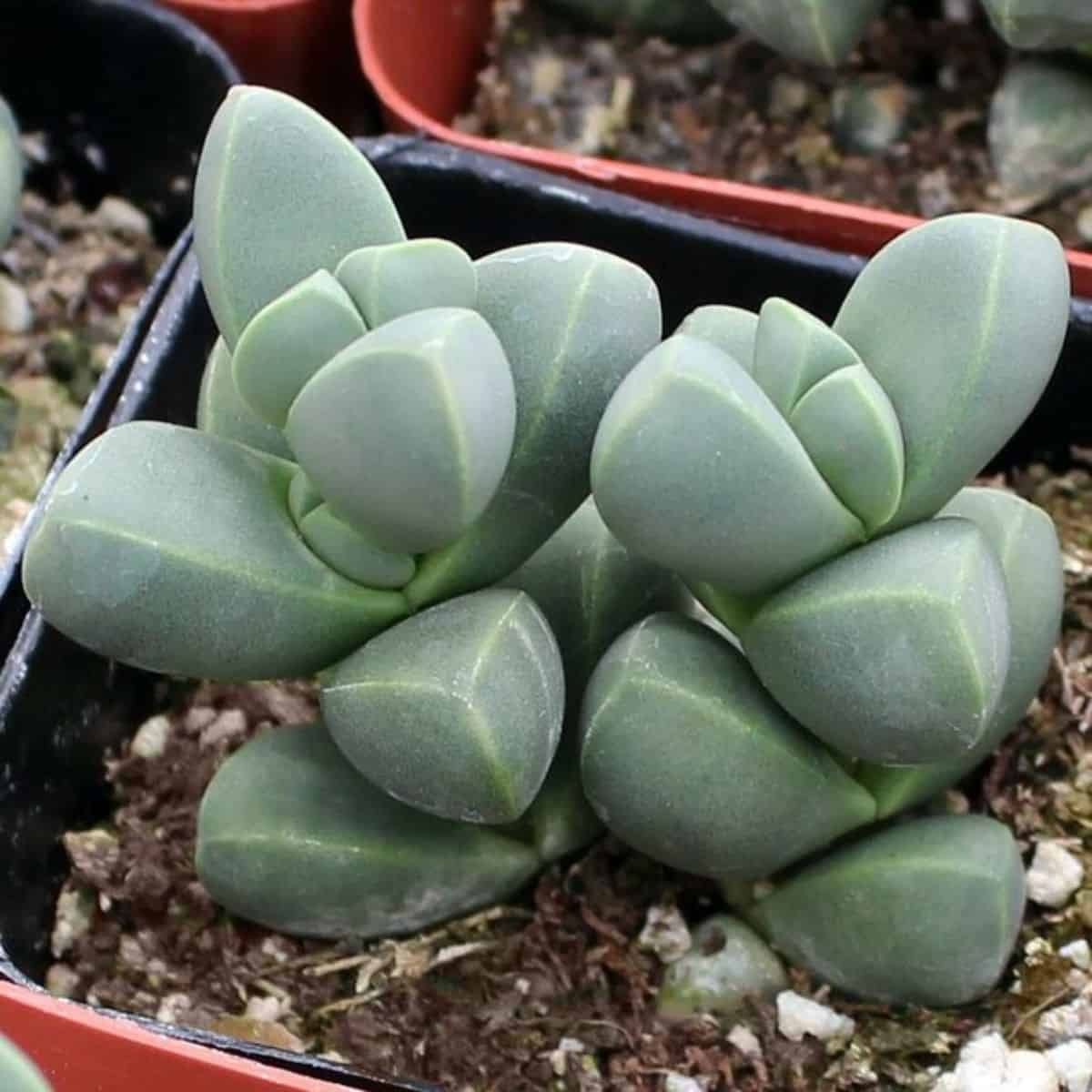
Buy it from:
One of the most famous ground cover succulents that you can add to your rock garden is the ice plant because of its evergreen foliage and thick leaves that grow in pairs and opposite directions. It can survive under the sun, partial shade, and poor soil. However, it might die when exposed to wet soil, while might become invasive when the soil is consistently dry.
19. Aeonium arboretum - Zwartkop
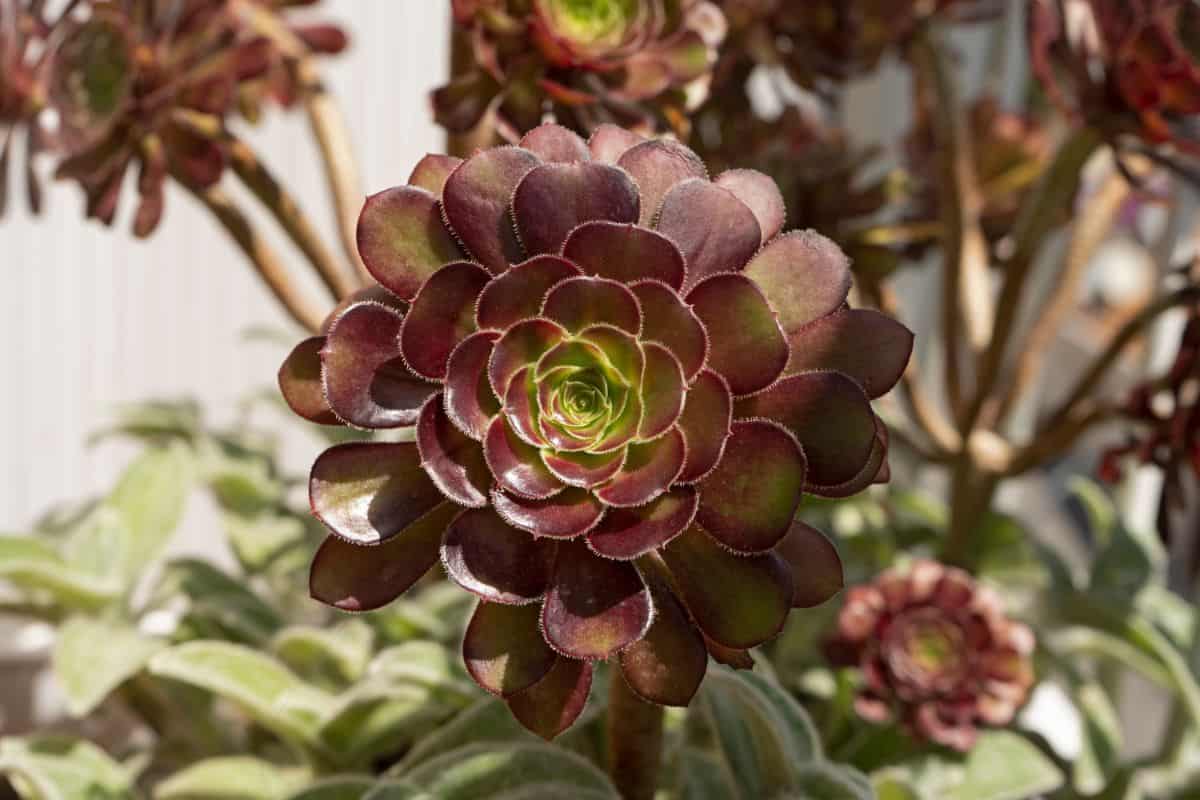
Buy it from:
This particular aeonium is included in just about every beginners guide to succulents. This variation of A. arboretum is the total opposite to its predecessor: instead of a beautiful, light, almost electric green, the Zwartkop is a deep purplish red. With wide open rosettes and sturdy stems, this colorful aeonium is bound to add an element of mystery to a rock garden.
20. Aeonium Sunburst
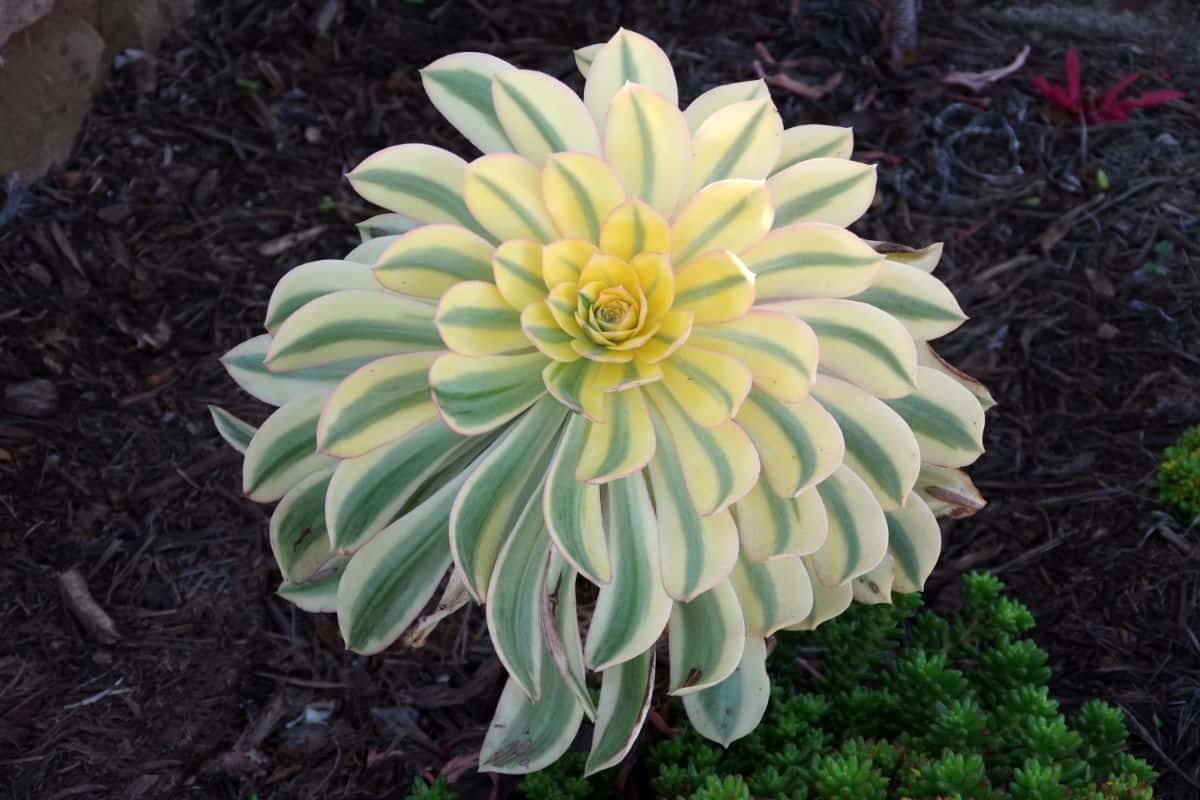
Buy it from:
Sunburst is another color variant of arboretum. Instead of the deep purples of Zwartkop, Aeonium Sunburst is a variegated combination of yellow and green. The variegation is in stripes that run vertically along the leaves. When they are in full sun, the edges of the leaves will start to flush a light Barbie pink.
21. Mangave Tooth Fairy
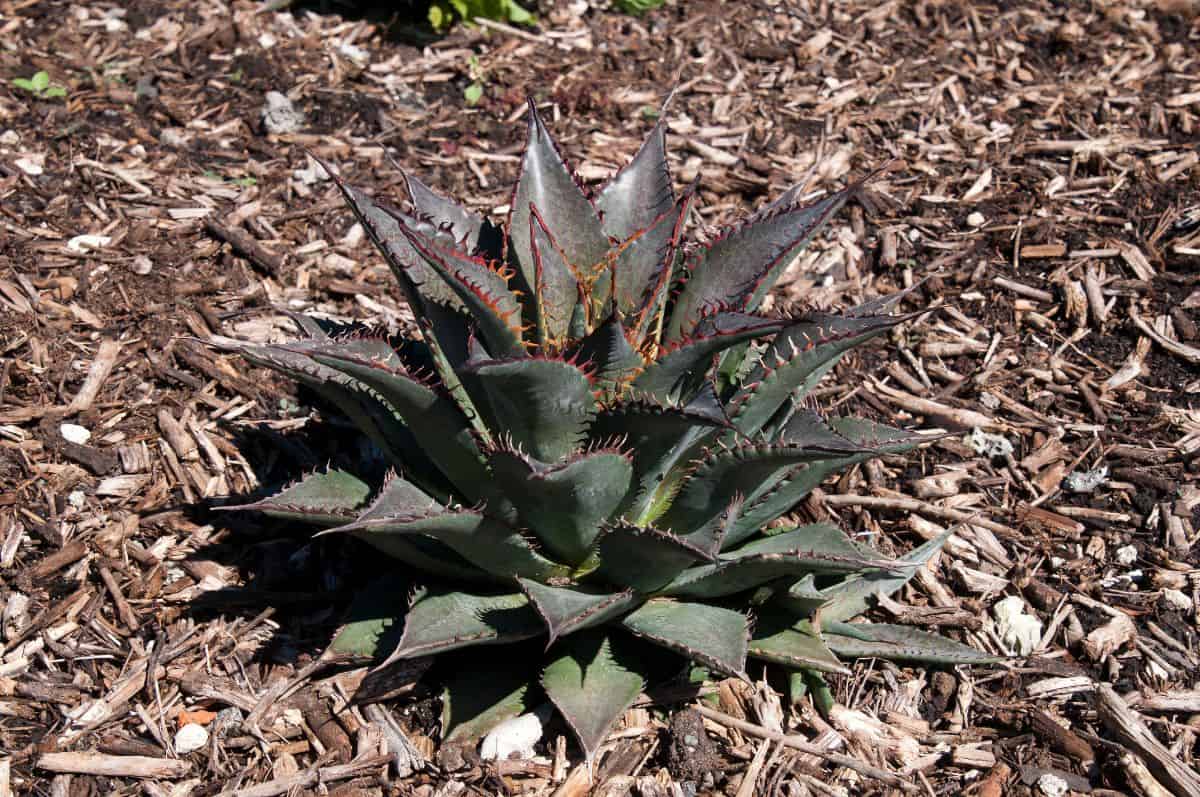
Buy it from:
Perhaps one of my absolute favorite mangaves, Tooth Fairy adds color with its teeth and mystery with its deep blue-green flesh. They grow larger and can make a wonderful statement piece. The color of the teeth on this variant starts as a dark red at the tip of the leaves, and they transition to bright yellow at the center of the rosette. It’s a perfect sunset on each leaf! To get this color, they need the full sun of a rock garden.
22. Rock Mesembs
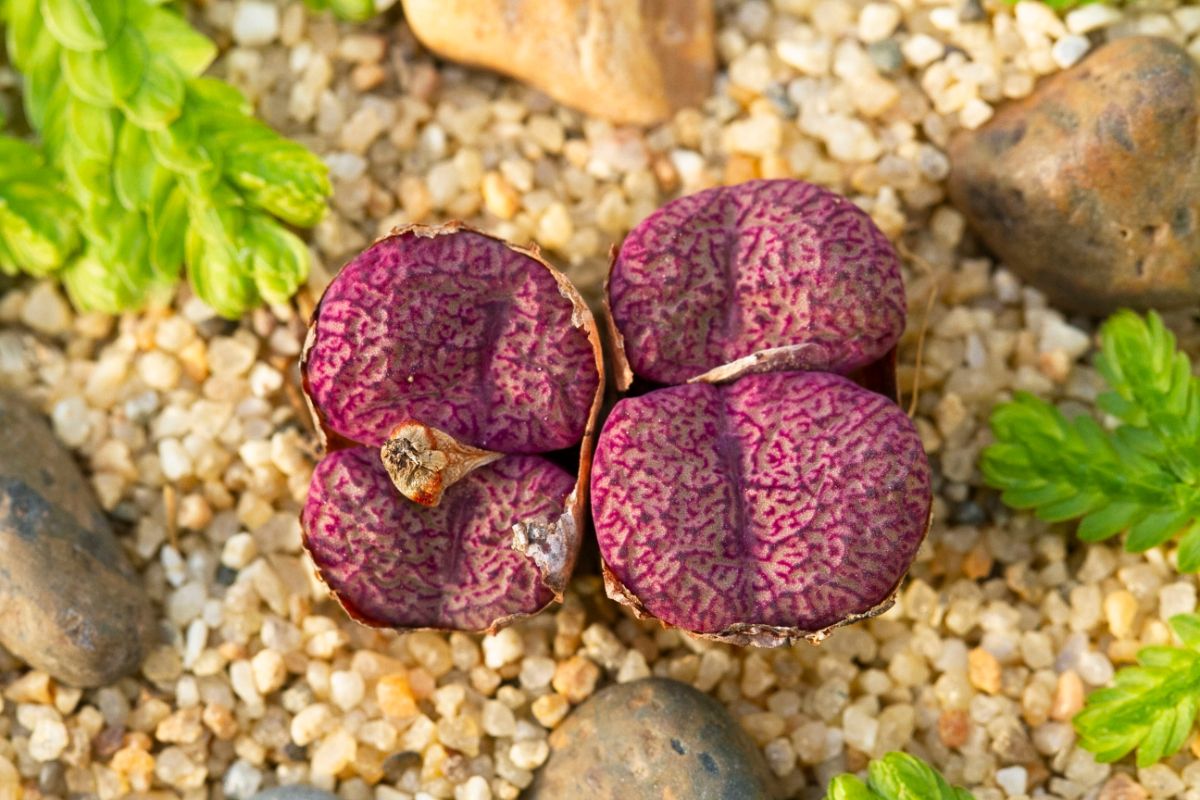
Buy it from:
This is a solid group of succulents to have in any garden. They add a lot of color and variety to the texture of a rock garden. They are called mesembs because they used to belong to a different genus rather than the several different genera that they are now classified into: this genus was classified as one where the succulents mimicked other things.
Rock mesembs that I suggest are generally going to be from agryoderma, lithops, diantherus, lapidaria, pleiospilos, antimima … which are most of the genera to contain rock mesembs.
23. Cephalocereus senilis
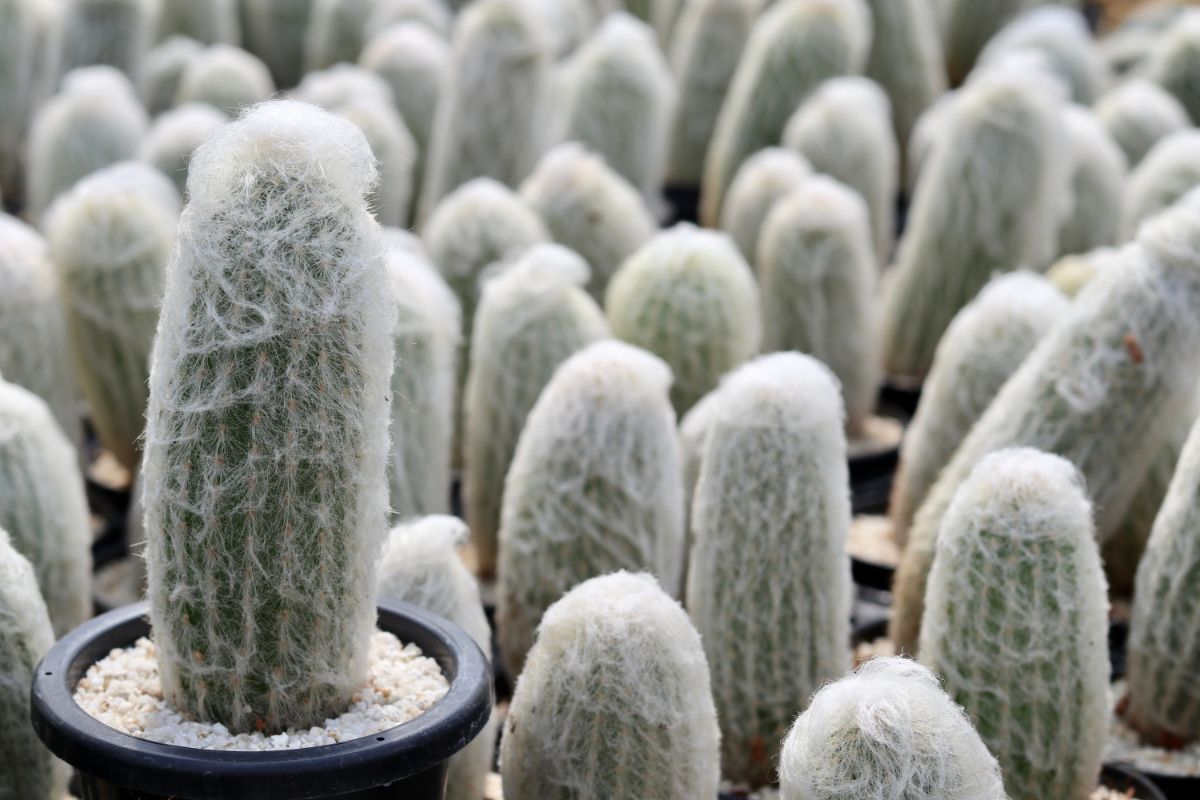
Buy it from:
While most rock gardens already have a lot of whites and greys, it’s hard not to include the Old Man cactus in this list. They give a different, very soft, and tender texture change to the landscape of a rock garden. How, might you ask? The Old Man Cactus is completely white!
Not really. The cactus produces long hairs called glochids at the base of each spikey spine. I wouldn’t pet them, though, because glochids can have additional hooks on them that grab onto your skin without you feeling it. Until later, that is.
24. Dudleya britonii
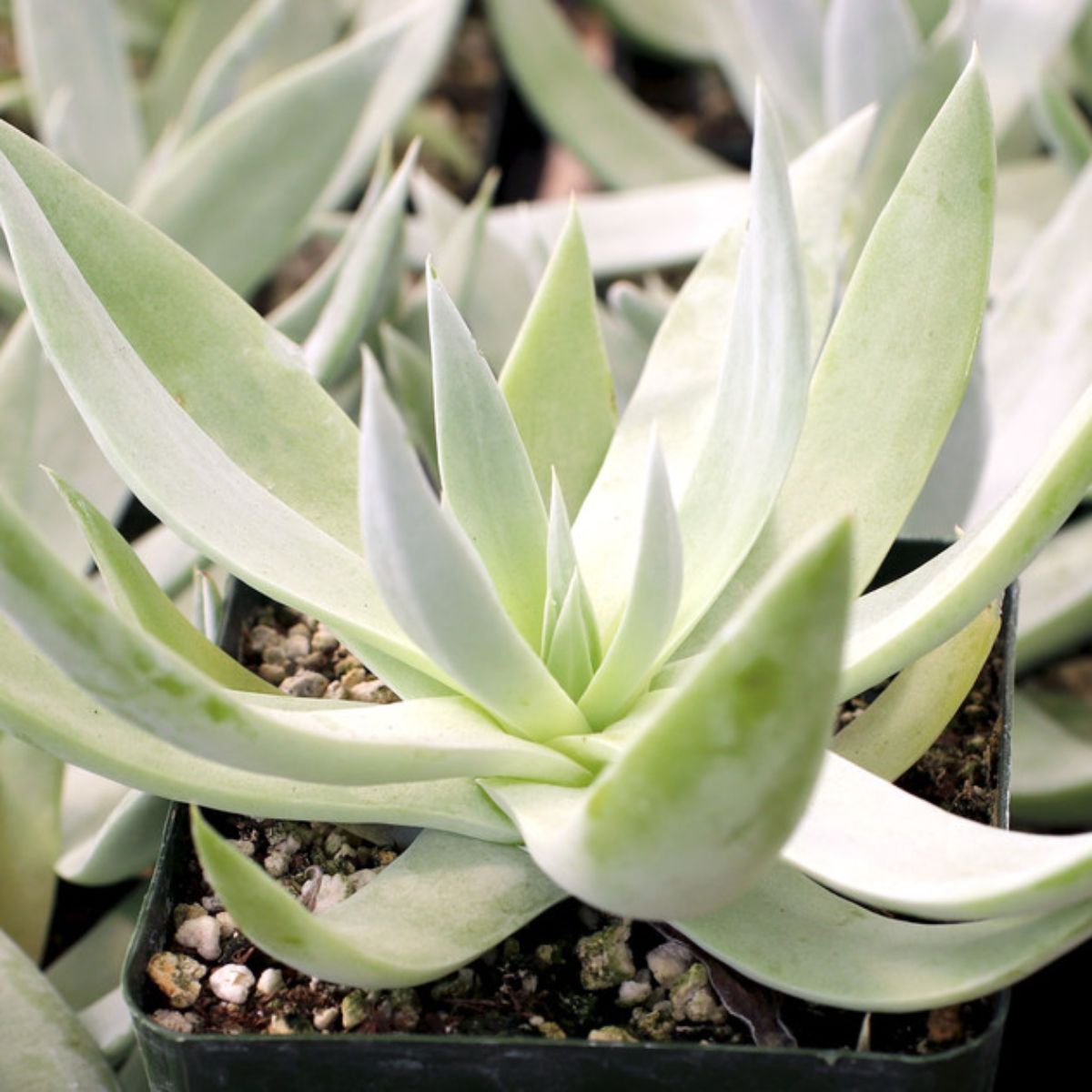
Buy it from:
I am talking about the Giant Chalk Dudleya. It’s massive! When raised appropriately, it can get up to 2’ x 2’when in full bloom. It’s insane!
They have bright pink colors, and some of these duleyas are going to have burgundy towards the tips of each leaf. To me, the rosette types of dudleya look like giant sempervivums. Rosettes are tucked tightly together, and the leaves are compact as well. As they open, the rosettes take on the look of a lotus: some of them are known to curve very elegantly.
25. Fenestraria aurantiaca
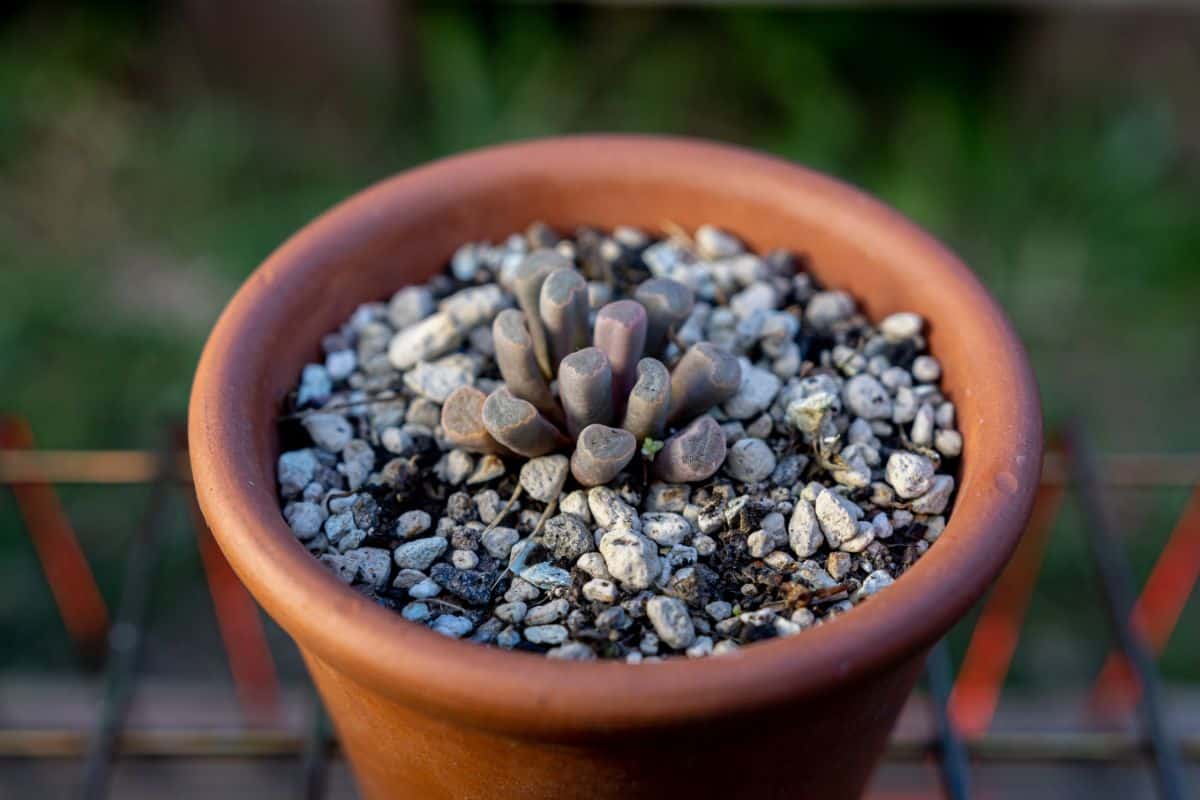
Buy it from:
If you want to add something a little odd to your rock garden, try the single-species genus, fenestraria. The common name for this species is Baby’s Toes or Fingers. Each little tube-looking leaf has a portal at the top that lets in light into the inside of the leaf.
This matting type of succulent can cover area pretty well, and they have delicate little flowers that pop up in the spring.
26. Opuntia marocentra
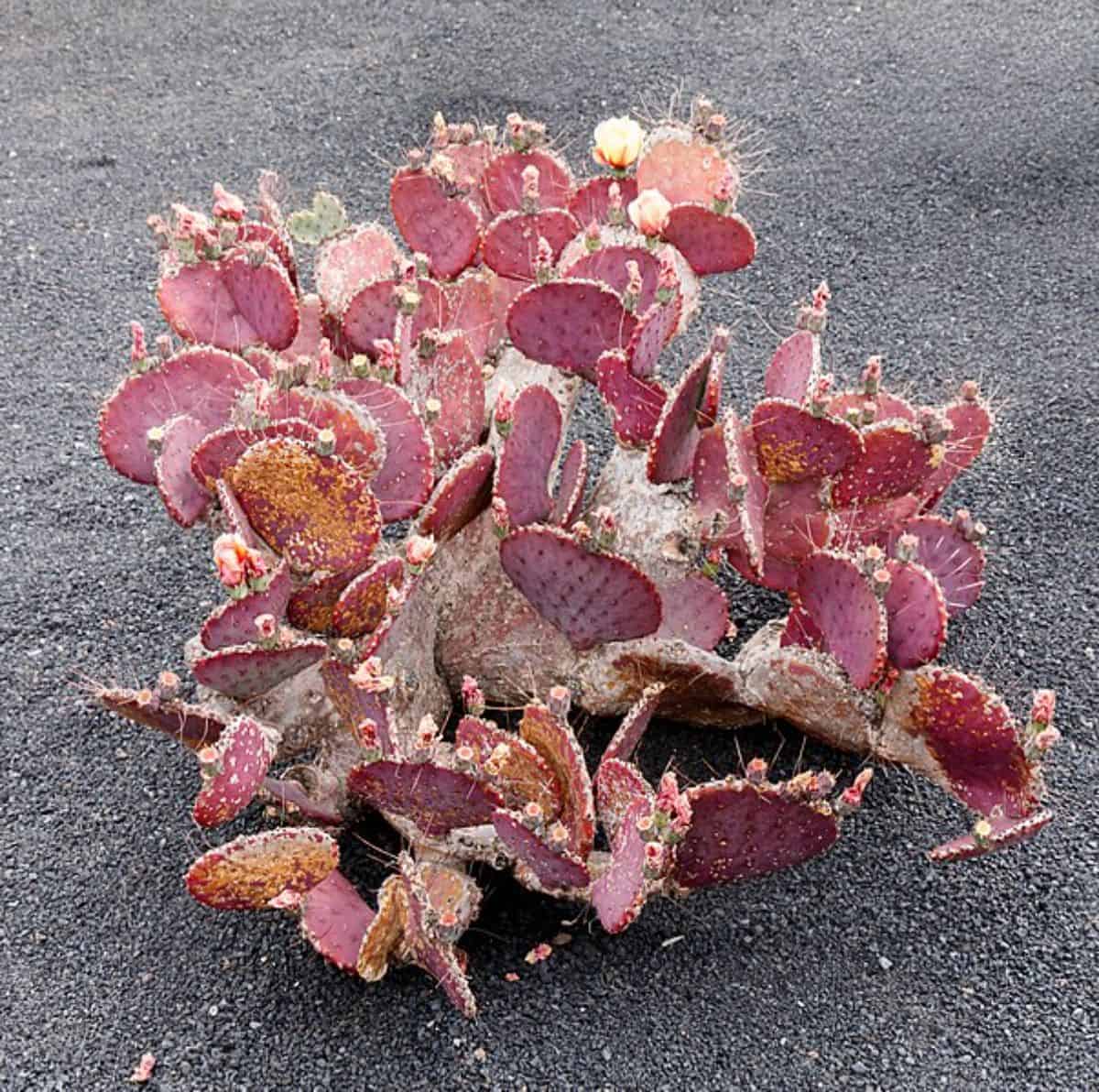
It doesn’t matter what list this species is in; I will almost always say that it is my favorite, and it is. Prickly pears are an incredible resource that has been used for quite some time. They are a natural food source both in their fruit and in the leaves; they work as hedges to keep predators and unwanted guests away, they come in several shapes and colors, and they are native to a state close to my heart.
O. macrocentra is special because it is one of the most colorful opuntias. The paddle leaves turn vibrant purple and pink in full sun and have a bluish-green tinge during their dormant seasons. They do produce edible fruit like most opuntias, and their spines are jet black. What’s not to love about this beautiful cactus?
27. Sedum Sunsparklers
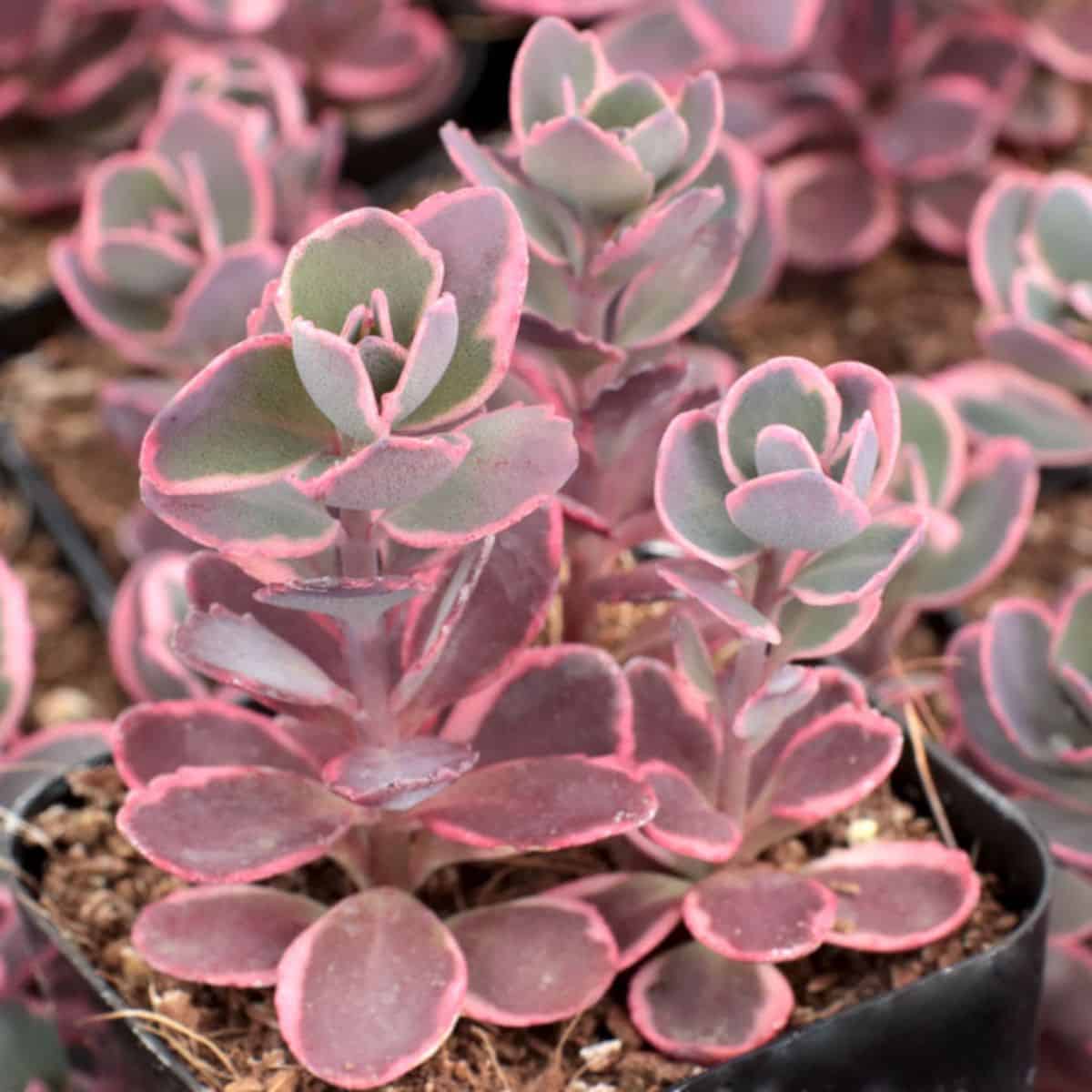
Buy it from:
Sunsparklers are one of those designer succulents with several different color variations. I love these because they can add so much color to a space. The reds and greens are oddly soothing, and combined with a stark white background of rock, they will pop all year long.
Because these are stronger sedum, they can go in full sun and need that sun in order to have their most vibrant colors.
28. Sempervivum arachnoideum
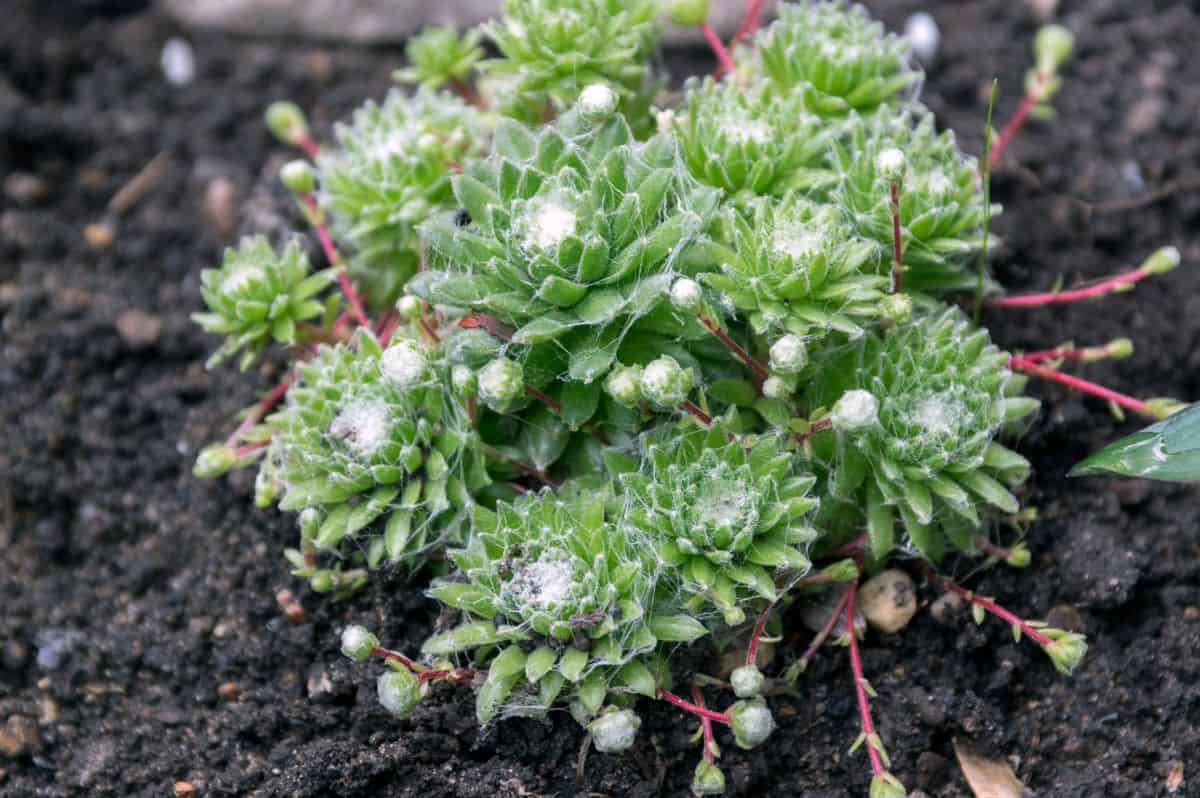
Buy it from:
Most sempervivums can go in direct sunlight. They are very hardy and tend to have thick and sturdy leaves. This particular species, S. arachnoideum, is named after how its tightly woven glochid hairs resemble a spider’s web. Larger rosettes can be absolutely coated in this white hair.
The green contrast is what is the most mesmerizing about this species in my opinion. They have finely tipped leaves, tightly packed leaves as well as very tightly packed rosettes. It’s not often that you will find space between rosettes/
29. Sempervivum calcareum – Pale Face
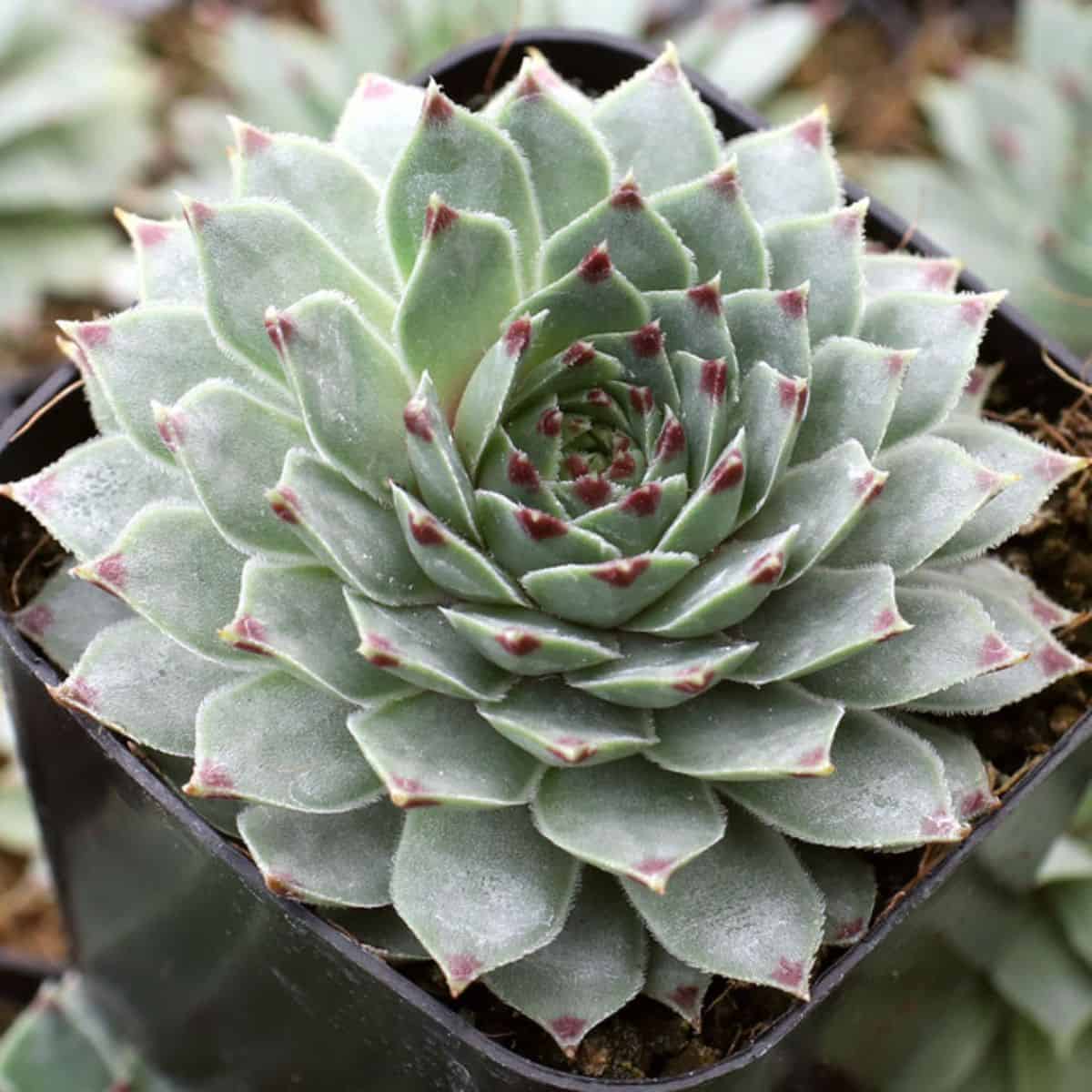
Buy it from:
There are several different color variations in S. calcaereum. Out of the three or four, my favorite is Pale Face. Generally speaking, the tips of a S. calcareum species are a deep burgundy red. What changes between them is how broad that red is and how sharply the coloration forms a triangle at the tip of each leaf.
Pale face has some of smallest patches of red at the end of each leaf. The tiny little color spots make it look like the edge of each leaf has a garnet on the end. Out of all of them, the reason that it is my favorite is the delicate touch of such a deep burgundy.
30. Mangave - Catch a Wave
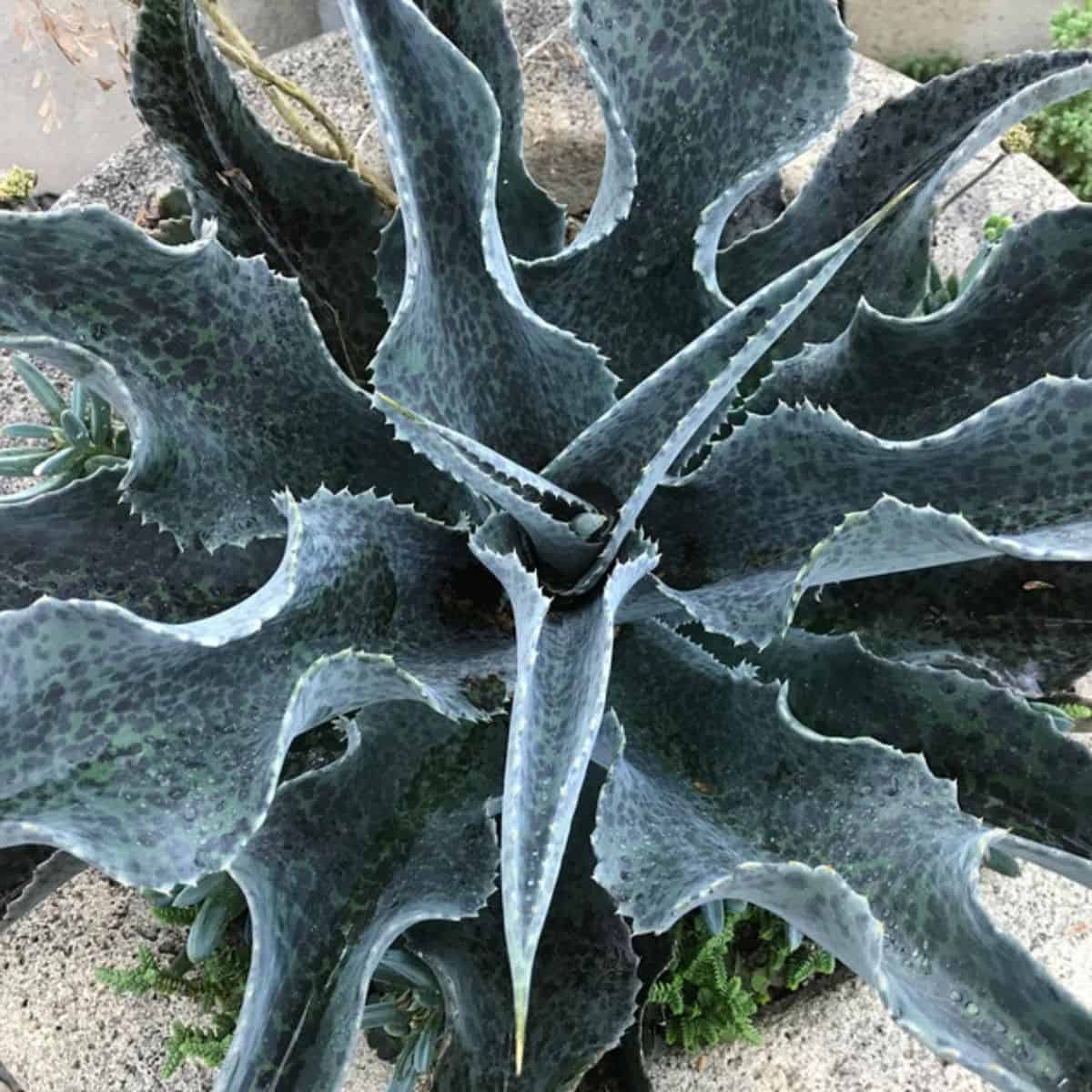
Buy it from:
Mangaves are so interesting already. You cross agave with manfreda and you get the best of both worlds. My favorite mangave is one called Praying Hands: it looks like a giant artichoke. Catch a wave is one that I think would do better in a rock garden, though.
The undulation of the leaves draws in your view, and as you get closer, you can see deep blue ‘inky’ spots on the space-blue leaves. The variations in color are going to be unstable, as that is a key characteristic of mangaves.
31. Dudleya edulis
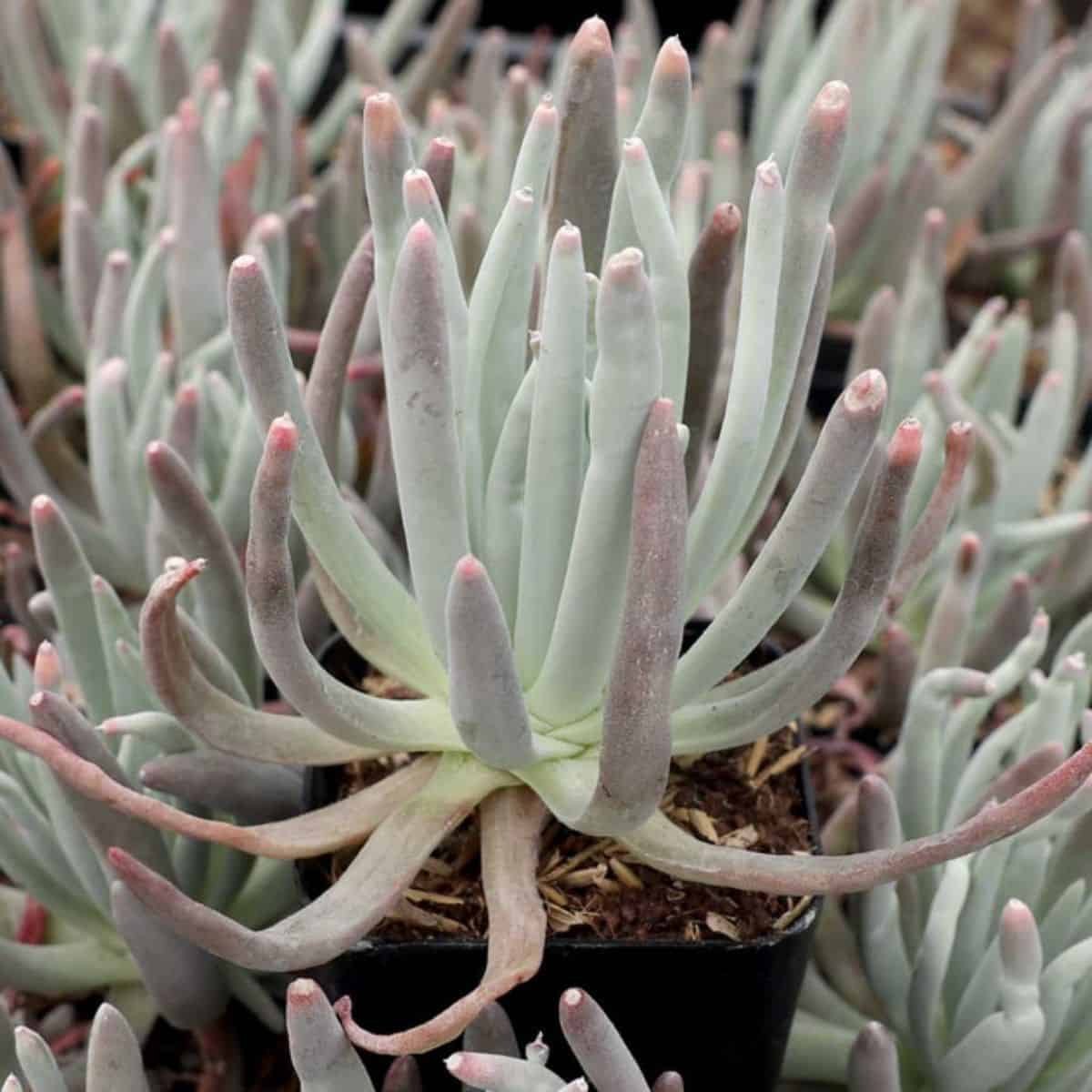
Buy it from:
Take a dudleya and smash it together with a pencil or candlestick variety of cactus, and you have D. edulis. Some of the common names include Lady’s Fingers and Mission Lettuce. At one time, this species was used as a food source.
When they are grown in direct sunlight, the tips of each ‘finger’ blush red, which is why the name Lady’s fingers fit best.
32. Harrisia fragrans
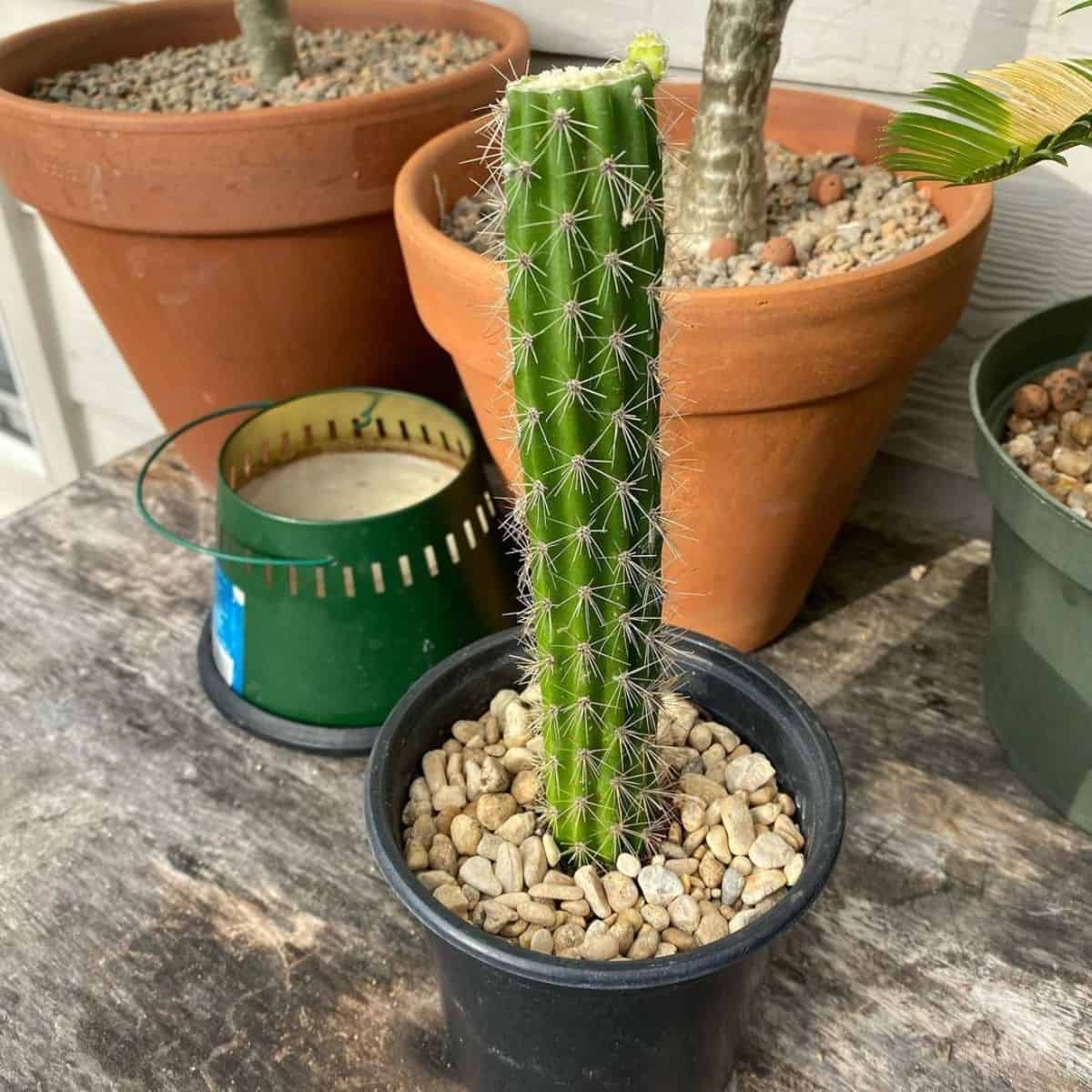
Talk about some of the best-smelling and tastiest cacti that you could ever want! Harrisias are plants that produce large prickly apples. Their flowers are as massive as their fruit, and they are known to produce a wonderfully attractive smell.
This species is pollinated by bats, who also prey on their large fruits. The fruits are completely edible just know that the seeds are going to be a bit tough.
33. Hylocereus pitaya
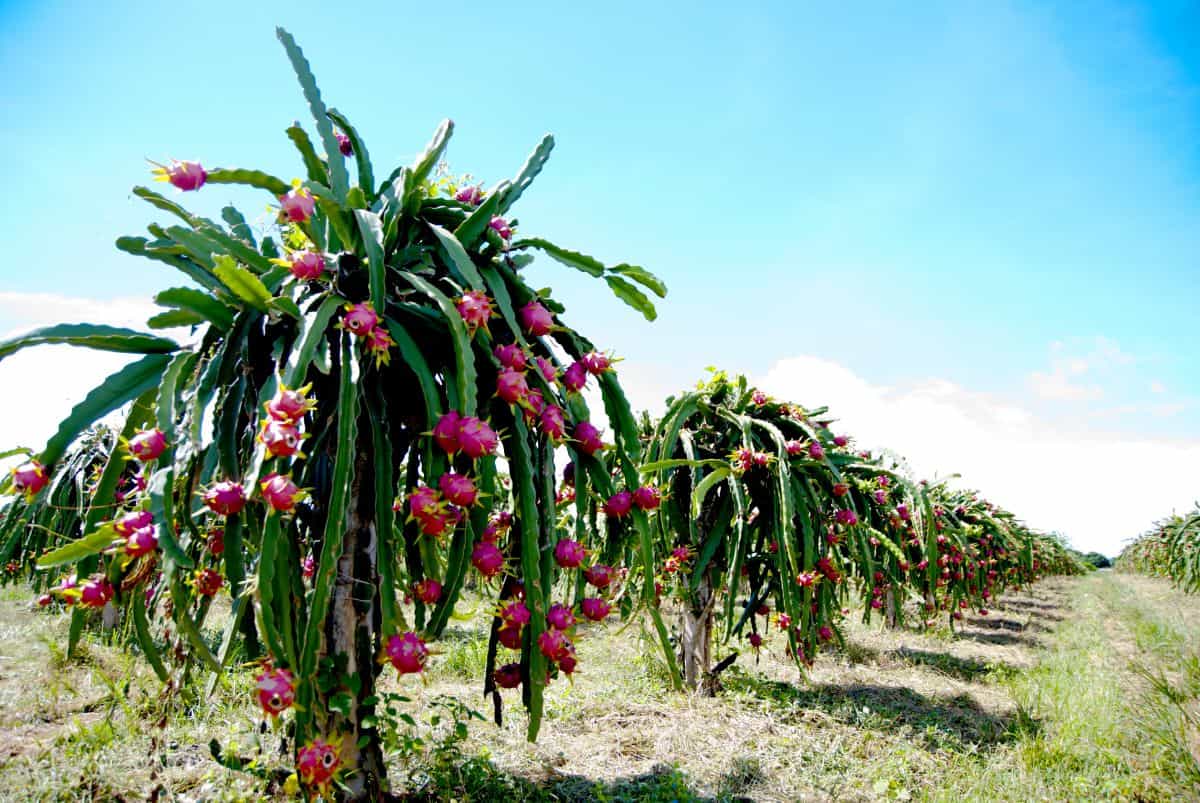
Buy it from:
Did you know that dragon fruit is from a cactus? I didn’t either for quite some time!
If you want your garden to also have delicious snacks available, then you will definitely want a few of these around. They start of incredibly tiny and are some of the most accessible succulents. Have you ever seen the grafted moon cactus that’s often in stores? The base is generally going to be H. pitaya!
Grab a few for super cheap and start growing your own fruit. The best part of the H. pitaya is how big the blossoms are. They are intensely white with slightly yellow tips. As the flowers unfold, they begin to look like giant white sempervivums!
34. Greenovia aurea x El Hierro – Pink/Peach Mountain Rose
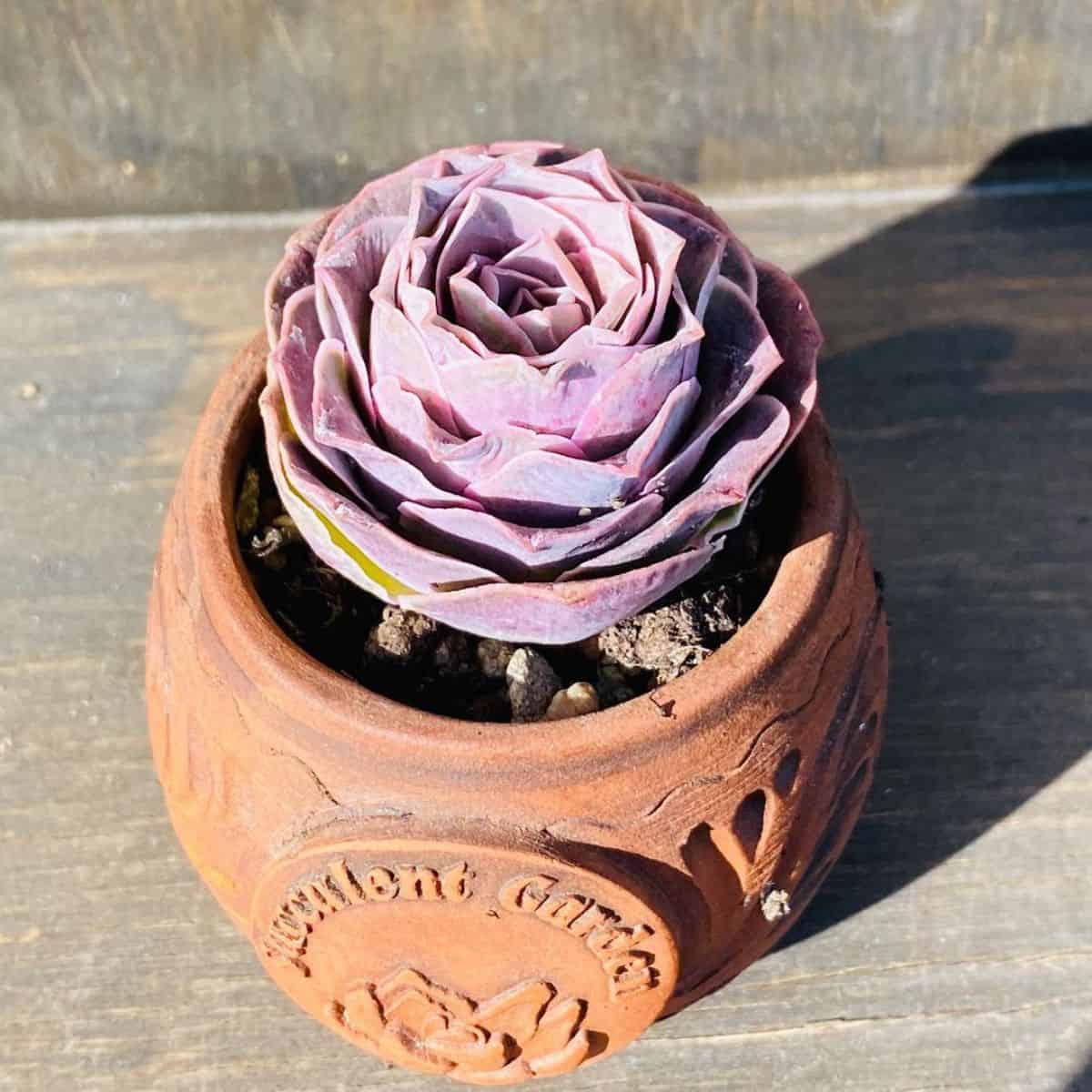
Buy it from:
Greenovias are interesting because they were once classified as aeoniums. Now, my love of aeoniums is obvious most of the time, but out of all aeoniums, I find the subgenus Greenovia to be the most interesting. The species is native to the Canary islands, and you don’t find too many crosses or variations.
That’s what makes this one different. G. aurea with El Hierro results in two distinctly colored offspring. You can either find antique pink versions or, if you are lucky, you can find the peach version. The peach one is my favorite because you hardly find a true peach color within succulents.
35. Euphorbia tirucalli
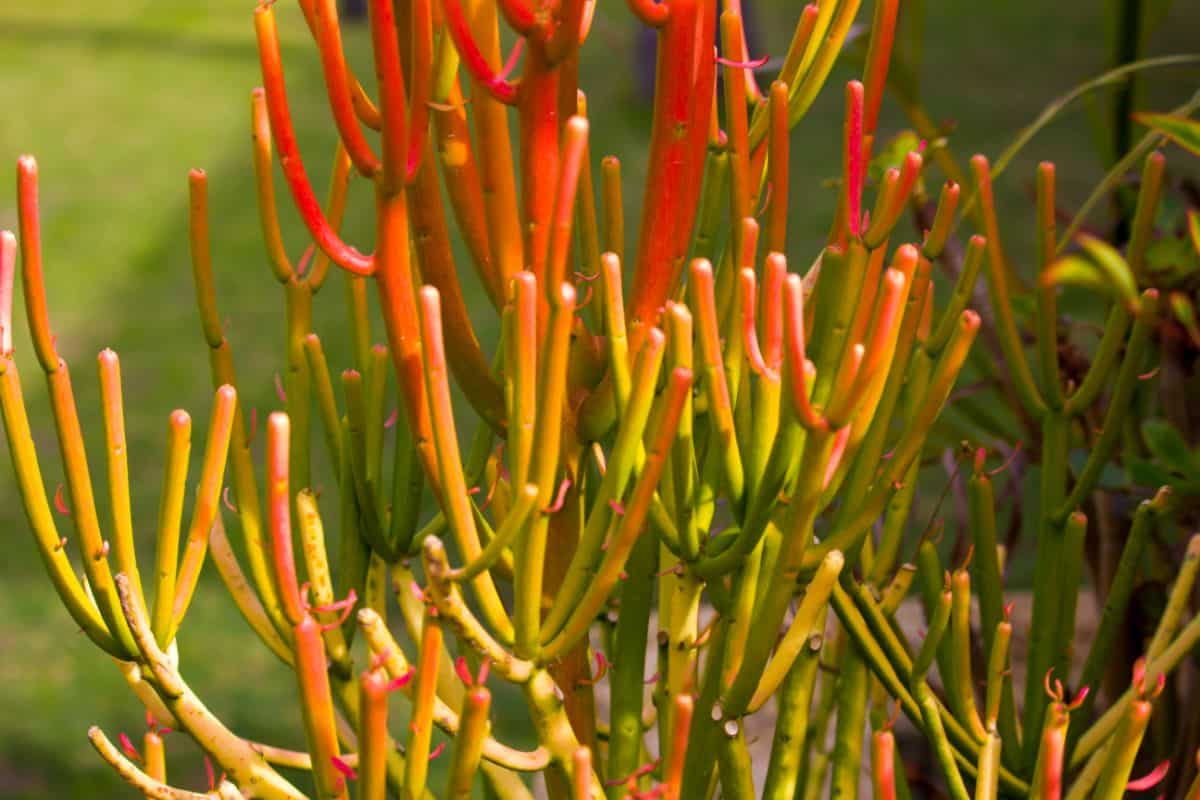
Buy it from:
Yes, I did throw shade at the pencil cactus. But this one is Sticks of Fire, and I love Sticks of Fire! At the base of this plant, you will find a lot of green foliage. However, at the top, that’s where the plant gets its name from. The tops turn bright yellow and orange.
E. tirucalli is technically one of the few succulent trees that exist. They can get up to twenty feet in height, so use these as more of your shade items in your rock garden.
36. Tephrocactus articulatus var. papyracanthus
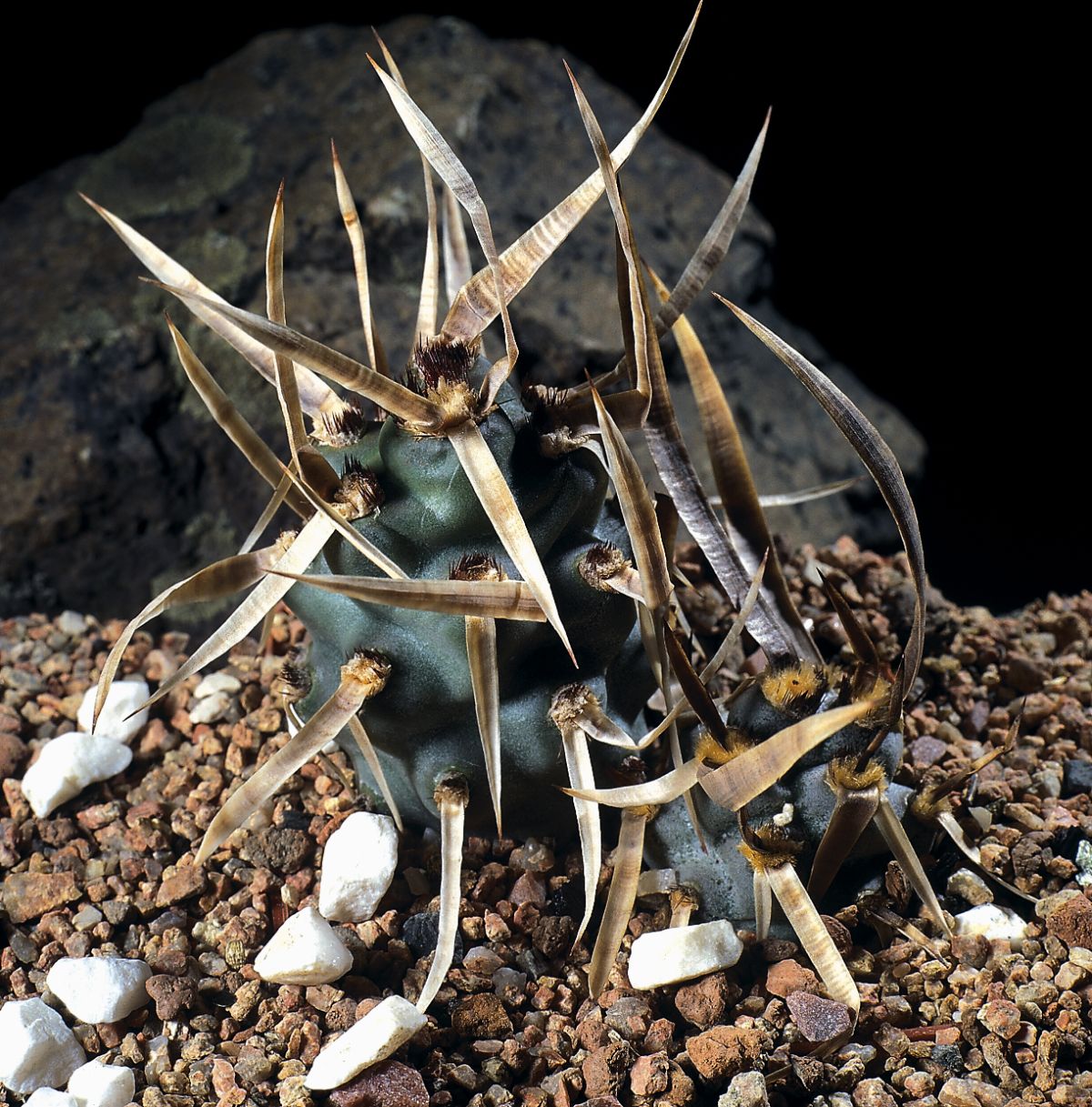
Buy it from:
Tephrocacti have different variations, but most of them are cylindrical with crazy kinds of spines. From paper thin to thicker than a pencil, the spines are pretty interesting.
There are two color variants of this species: the first is white, and the second is black. It’s not the skin of the cactus that is changing like that: it’s the spines! The spines of this cactus are extremely thin and also very long. They wave and curl in different directions and can vary from papyrus white to jet black.
37. Melocactus mantanzanus
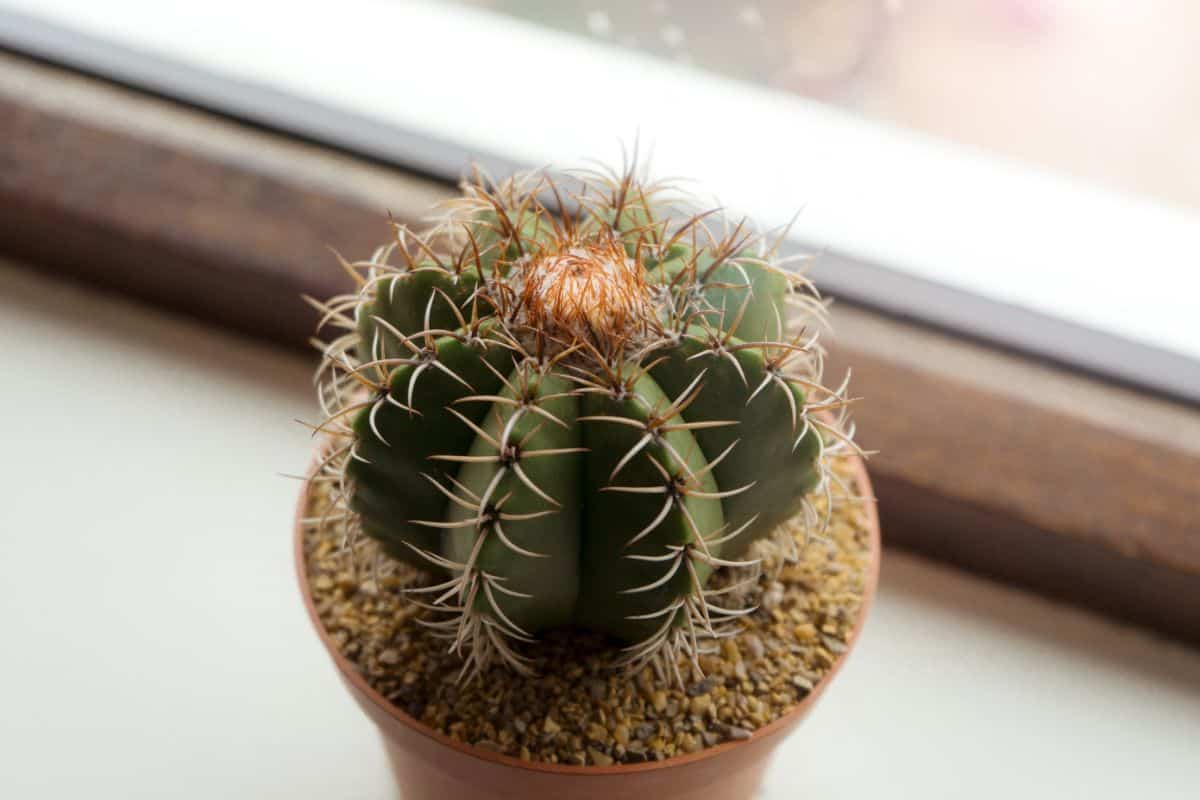
Buy it from:
I don’t think any garden or collection is complete without a M. mantanzanus. These are special little guys that are from a genus where all species share the name ‘Turk’s’ Cap’. Each of the cacti in this genus starts off with a little cap where all of their flowers grow from.
Each year they get older, the cap grows taller and taller. If you see a cactus that looks more like a barrel with a cylinder on top, that’s definitely an old Turk’s cap!
Creating a Rock Garden With Succulents
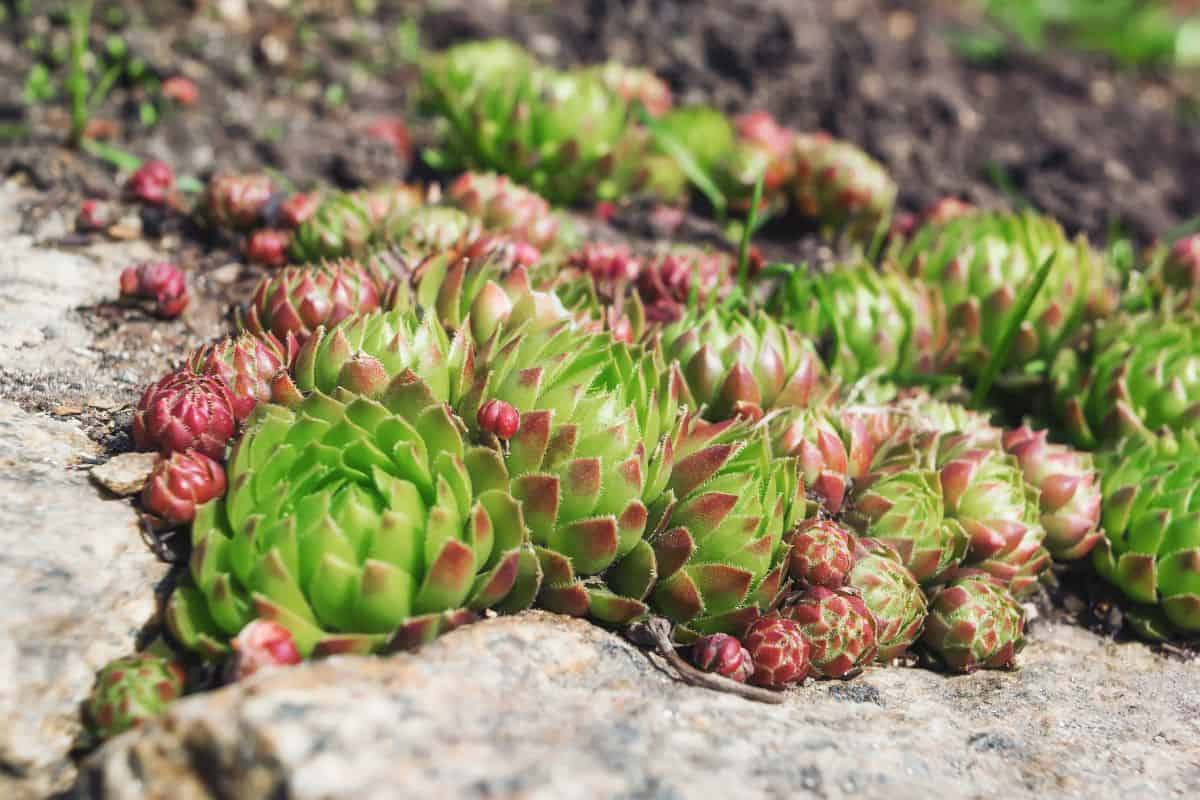
Succulents are among the most loved choices for property designing because of their low maintenance, easy propagation, and looks. If you are looking for an addition to your existing garden or lawn, the succulent types we discussed are great options. They can also be planted together with most ornamental grasses and evergreens.
Feel free to choose one that matches the kind of soil, lighting, and watering you can provide. It's also best to consider whether you're planning to have an indoor or outdoor rock garden. Make sure also to consider the look, smell, growing time, maintenance, and coverage that the succulent has to offer.
Always go for something that matches your lifestyle and your preferences. A healthy and well-maintained succulent plant will do wonders for your property and your health.

